How Things Work
Answering our community’s “how” and “why” questions



Answering our community’s “how” and “why” questions


Physicians’ Clinic of Iowa’s board-certified pediatricians are dedicated to providing compassionate, patient-centered care for children of all ages, from newborns to adolescents. We focus on your child’s unique needs and take the time to listen and address your concerns.
We offer a full range of pediatric services, including routine check-ups, immunizations, well-child visits, and chronic condition management. Our team works closely with specialists to ensure the best possible care.
We’re accepting new patients! Call (319) 247-3820 or easily schedule online.

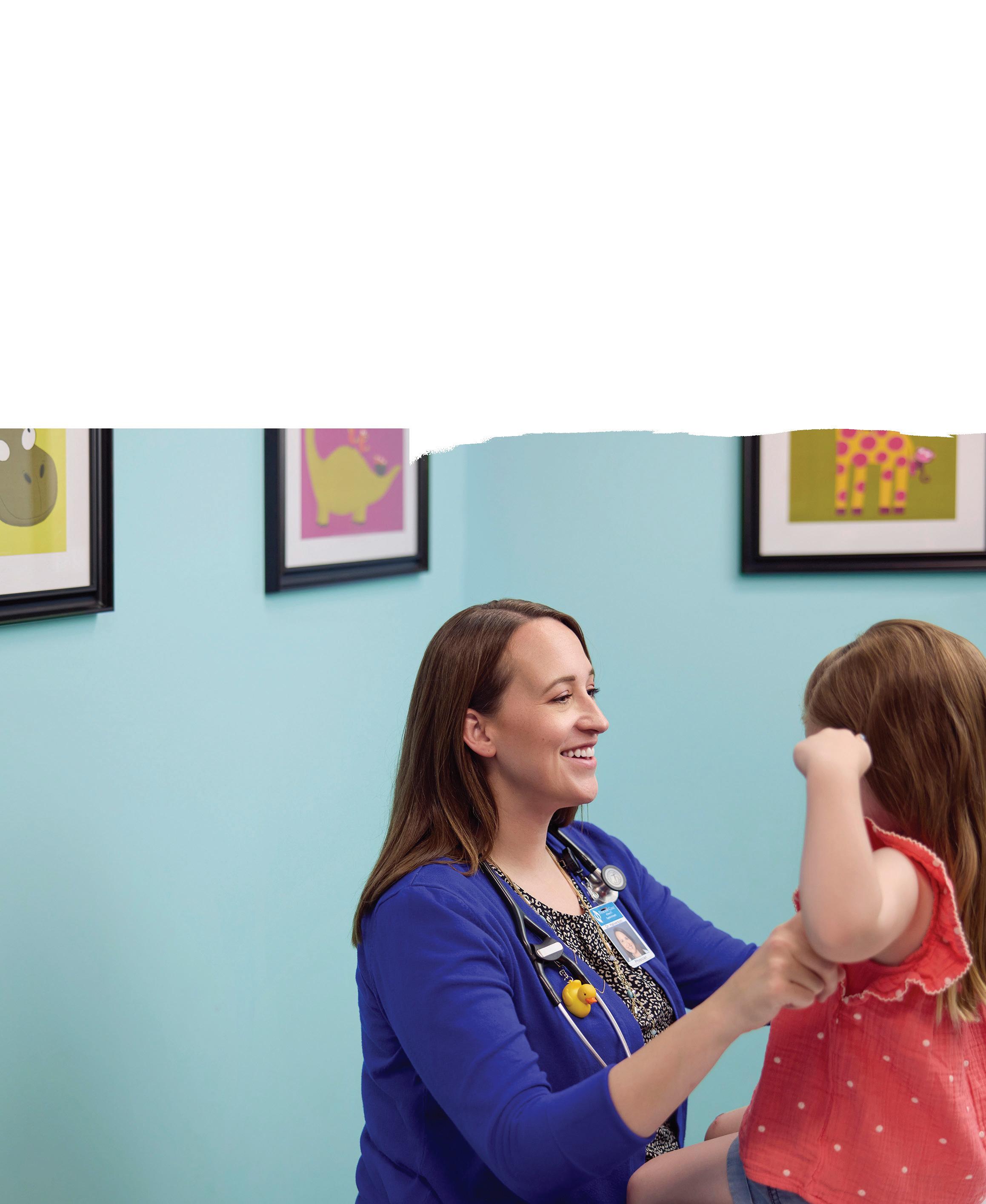

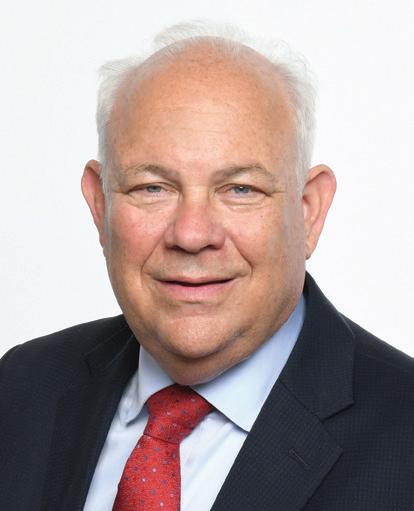
edar Rapids runs smoothly every day thanks to countless City processes and projects working quietly behind the scenes. Staff are hard at work with tasks like planting thousands of trees to keep our neighborhoods cool, closing floodgates when the river rises, and treating and monitoring the water that pours from your tap.
You might not notice these efforts until you ask, “How does that actually happen?” That’s exactly what we explore in this issue: the “how” and “why” behind the services that keep our City safe and moving forward — answering some of our residents' most common questions. The work we do exists to serve you. Your questions and ideas guide the important decisions we make. Listening to your feedback helps us address challenges and ensures our services meet the needs and values of our community.
We aim to make it easy for you to understand and appreciate the services the City of Cedar Rapids provides. We hope these stories deepen your understanding of, and connection to, your government.
We welcome your questions, ideas, and feedback. Visit CityofCR.com or feel free to contact me anytime at citymanager@cedar-rapids.org or 319-286 - 5080
Thank you for being part of Cedar Rapids’ story.
Jeffrey Pomeranz Cedar Rapids City Manager citymanager@cedar-rapids.org
On August 10, 2020, the skies darkened, winds roared, and, in the span of an hour, Cedar Rapids changed forever. A derecho tore through our city, leaving behind massive debris. One of the most visible scars was the loss of more than two-thirds of Cedar Rapids’ tree canopy.
From that devastation came resilience. In the months that followed, neighbors helped neighbors; volunteers, City crews, and contractors cleared branches; and conversations started to reimagine our landscape. Those conversations became ReLeaf Cedar Rapids — a ten-year plan to restore and strengthen our tree canopy for generations to come. Now, five years after the storm and three years into implementation, the results are already growing all around us.
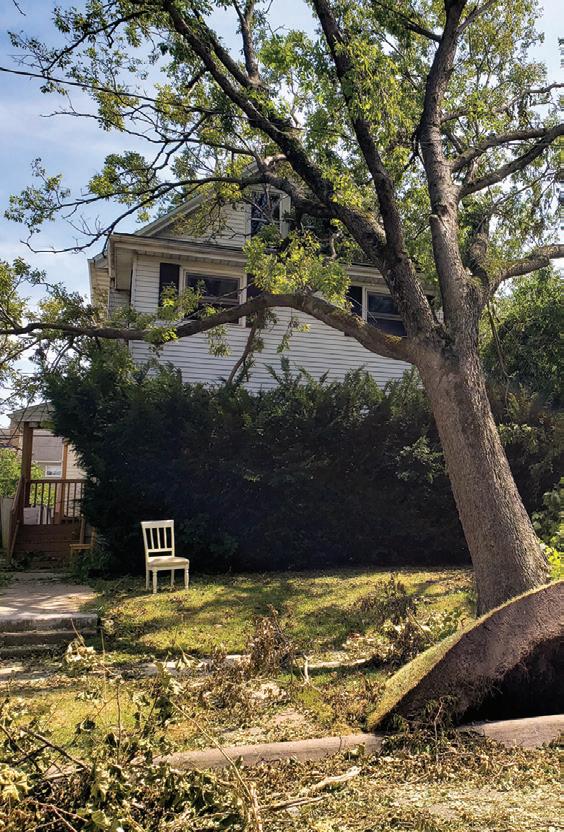
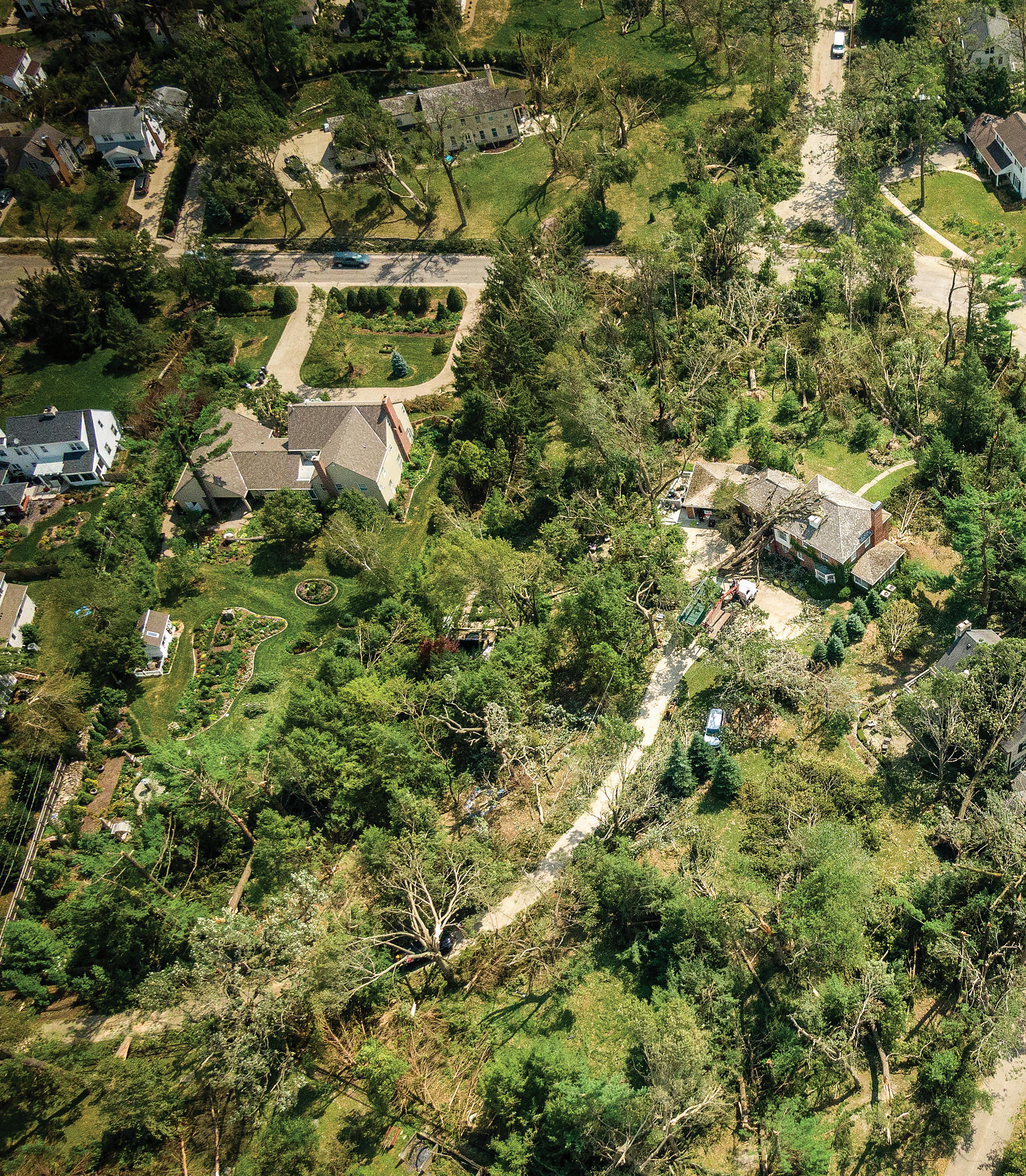
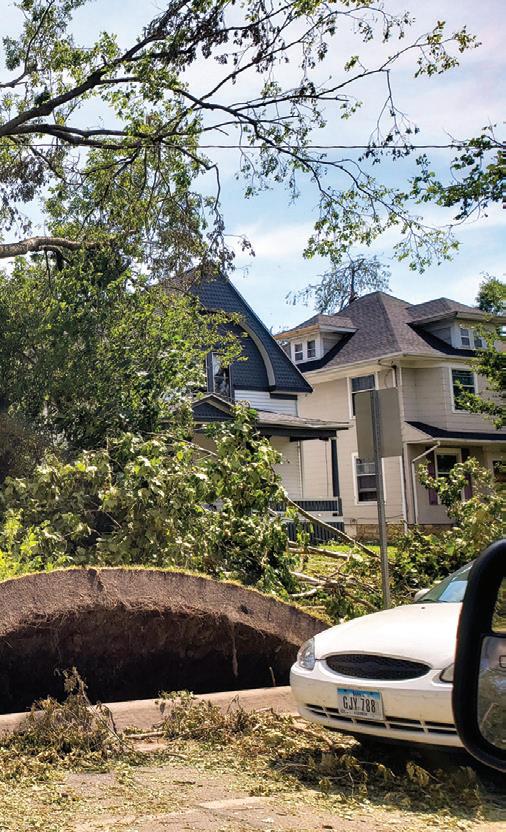
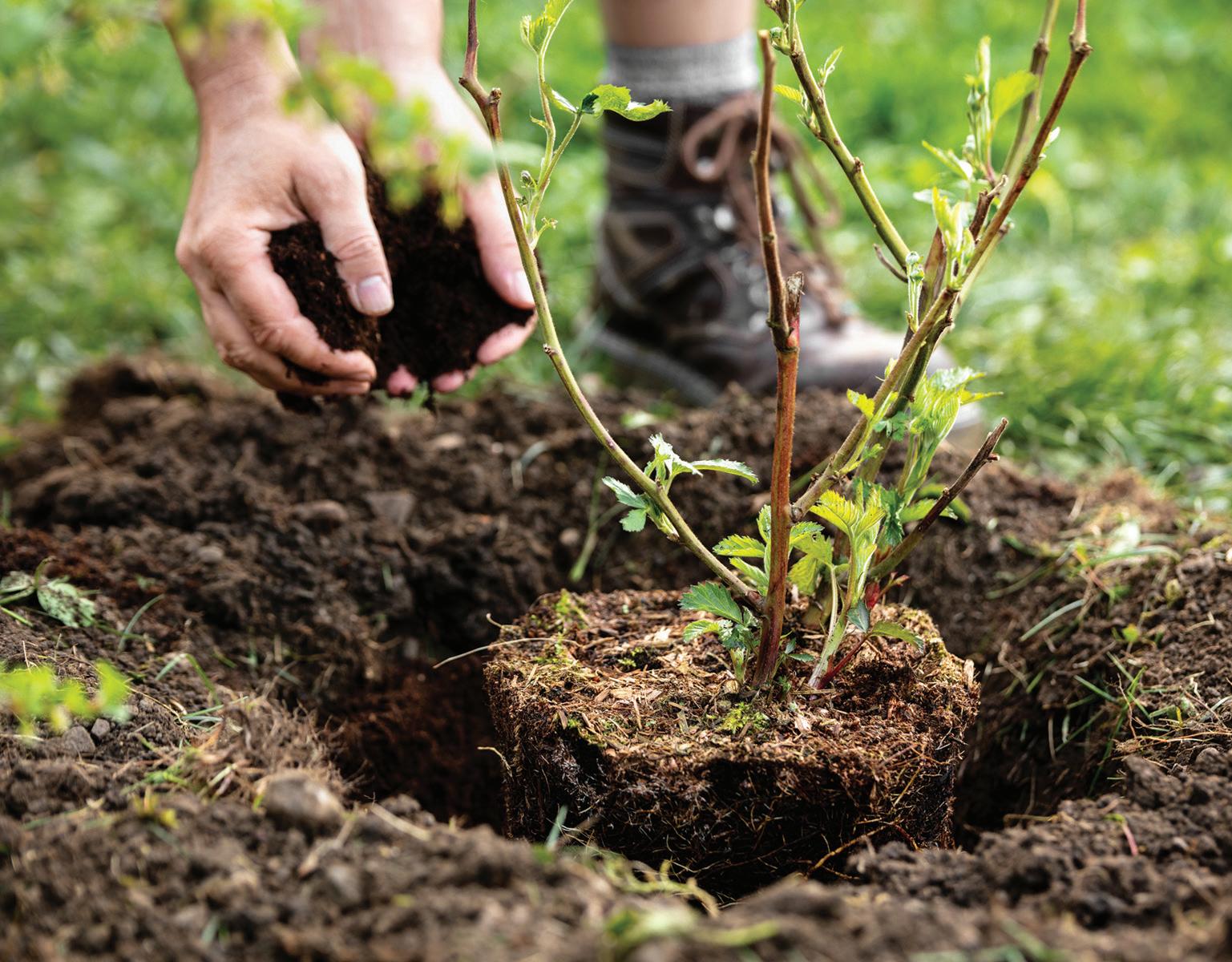
Since ReLeaf began, we planted more than 16,000 new trees across Cedar Rapids. We designed ReLeaf with long-term success in mind, starting slow to build capacity and community awareness. Now, the pace is picking up — and fast! Thanks to increased efficiencies and community engagement, the program is ahead of schedule, with a goal to reach the halfway point — 25,000 trees — by Summer 2026, a full year earlier than originally planned.
“We are not just planting faster, we are planting smarter,” said ReLeaf program manager Carole Teator. “The best part is that we are already seeing canopy benefits.”
The team behind ReLeaf, alongside the City’s Forestry staff and other partners, used the program's first few years to refine the way we plant trees at scale.
` Grouping adjacent streets and neighborhoods improved efficiency, reducing time and costs to plant and minimizing neighborhood disruptions.
` Smart bids and clear scopes of work have helped stretch every dollar.
` Lower per-tree costs have become the norm, making each planting season more productive than the last.
The Derecho was a turning point. Today, Cedar Rapids is stronger, greener, and more connected because of it. ReLeaf has become a community-wide commitment to environmental resilience, neighborhood pride, and a healthier future! While our work is not yet finished, thanks to thoughtful planning and strong support, we are off to a healthy start. To learn more, visit CityofCR.com/ReLeaf
Effective communication is an important part of the ReLeaf plan. Below are some of the most common questions we have received about the program.
What if I do not want a tree where the City plans to plant one?
Trees are planted in public rights of way to serve entire neighborhoods. They provide shade, boost curb appeal, and can increase nearby property values. In addition, street trees help improve pedestrian comfort and safety by cooling sidewalks, reducing glare, and creating a more pleasant walking environment.
Can I say no to a tree?
You are welcome to share your concerns with the City and we will work with you to address them. We choose planting locations to meet community goals and funding requirements — including improving public safety, managing stormwater, and enhancing sidewalk access — especially in areas where these improvements support public health and mobility through safer, more appealing walking routes.
Will the new trees damage my pipes?
This is not likely. Tree roots grow close to the surface. Sewer issues are usually the result of old or cracked pipes.
Why are trees planted under power lines?
We only plant low-growing species for these areas in order to avoid conflicts.
Is the new tree that was planted in the right-of-way dead? It looks dry and hasn’t leafed out.
Bend a branch tip. If it is flexible, the tree is most likely still alive and should leaf out soon. If it snaps or feels dry, it may be dead. Trees planted in the right-of-way as part of ReLeaf are under warranty for two years and will be replaced at no cost to the City if needed.
Building a strong, resilient city requires investing in many priorities. Safe roads, clean water, stormwater protection, healthy parks, shade, and livable neighborhoods all matter. Our budget balances these needs through coordinated City plans. While programs like ReLeaf and Paving for Progress have different goals, timelines, and funding sources, they share a common purpose: a stronger, healthier, and moreconnected city prepared for the future.
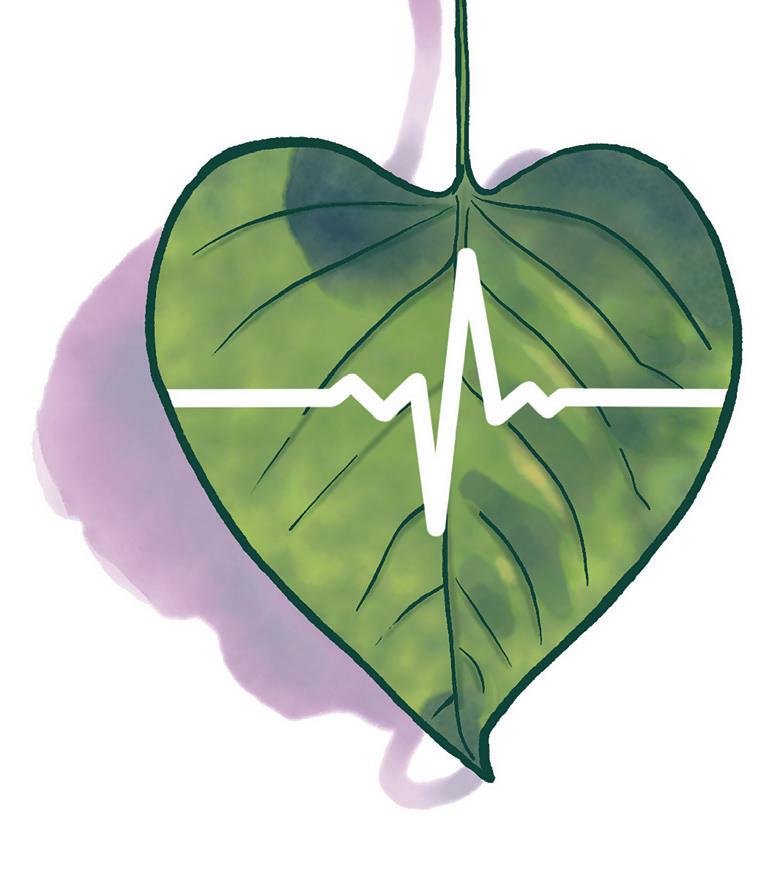
Trees improve safety, health, and comfort for everyone — children, people using mobility aids, parents with strollers, seniors, and commuters. They cool sidewalks, filter air, and reduce stormwater flooding that can damage walkways. The benefits don't stop there; they also:
` Cool neighborhoods and lower utility bills,
` Boost mental health and community ties,
` Increase property values and support business districts,
` Provide wildlife habitats, and
` Improve water quality.
More than 2,800 residents helped shape the ReLeaf Plan. The result?
Multiple guiding factors ensuring long-term, positive impacts for the whole community:
` Canopy Distribution: Ensuring all neighborhoods benefit
` Pedestrian Demand: Planting near sidewalks, schools, businesses, and busy routes
` Derecho Tree Loss: Prioritizing areas hit hardest by the 2020 Derecho
` Funding Sources: Several grants target specific census tracts
` Infrastructure Compatibility: Selecting safe species to grow under power lines and near utilities
` Efficient Planting: Grouping nearby streets to save time, reduce costs, and minimize disruption
PROPER PLANTING
` Avoid planting too deep.
` The root flare (where the trunk widens) should be visible just above ground.
` Cut apart any circled-up roots before planting to prevent future growth problems.
WATERING YOUR TREE
` Rain is best for watering.
` If less than 1 inch of rain falls in a week, give your tree about 10 gallons of water.
` Use irrigation bags if possible — they hold about 20 gallons and release water slowly.
` Start strategic, structural pruning in the second or third year after planting to build strong branch structure.
` For oaks and elms, prune only during winter, when the trees are dormant, to avoid disease.



Launched in 2014 through a one-percent, local-option sales tax, Paving for Progress is one of Cedar Rapids’ largest infrastructure initiatives. More than a decade in, it has improved 112+ miles of mostly residential streets. Voters recently extended the program through 2034. Using a data-driven, evidencebased approach, Paving for Progress aims to deliver smoother, safer roads — maximizing taxpayer value and reducing long-term costs.
A data-driven plan ranks streets based on condition and recommended treatment. Every two years, a specialized vehicle scans every road in Cedar Rapids, assessing road-surface quality. This data shapes a ten-year plan that balances full reconstruction with preventive maintenance, acting early to avoid higher future costs.
Preventative Maintenance
To avoid more costly repairs down the road, special treatments are applied to the road's surface, extending road life by 20+ years!
Less costly, less disruptive, faster, and no utility replacements.
$1 spent today delays $6–$10 of replacement costs later.
Complete Reconstruction
Roads are replaced when too damaged for maintenance. This includes removal and replacement of all pavement and, oftentimes, utility replacements.
Costly and disruptive, but necessary for severely deteriorated streets.
City funding comes from multiple revenue sources — each with specific rules governing use. Property taxes, sales taxes, utility fees, and state or federal grants often have accounting standards and legal or contractual restrictions tied to their use. We must use these funding streams for their intended purpose. Redirecting Local-Option Sales Tax (LOST) for Paving for Progress from streets to tree planting is not legally possible.
` City Bonds: $1M/year for 10 years
` USDA/Forest Service: $6M Federal grant
` HUD CDBG-Disaster Recovery: $3.5M Federal grant for Derecho recovery
` State & DNR Grants: Additional grant funds specific to forestry
` Private Donations: About $3.5M raised by Trees Forever and community partners
` Local-Option Sales Tax: A 1% sales tax generates ~$23M/year, solely for street repair and reconstruction.
` Municipal Bonds (Pre-LOST): Prior to LOST, Cedar Rapids issued bonds to fund street work. Today, we “pay as we go” with tax revenue, avoiding debt financing for routine road repairs.
` State/Federal Grants: Competitive State and Federal grants contribute funding for specific projects.
Cedar Rapids is safer now than in 2008, growing stronger with each flood protection project. After the 2008 Flood, the City began building a permanent Flood Control System (FCS) to protect homes, businesses, and infrastructure. Another flood in 2016, with the second-highest crest on record, proved the value of this work.
With construction on the permanent system underway, and some portions already online, the City uses an Interim Flood Control Plan to adapt to rising river levels. This plan responds to flood forecasts and real-time conditions, deploying temporary protections when needed. Trained crews use tools like earthen berms, HESCO barriers, sewer plugs, manhole wells, portable pumps, and floodgates to limit damage from rising rivers and sewer backups.
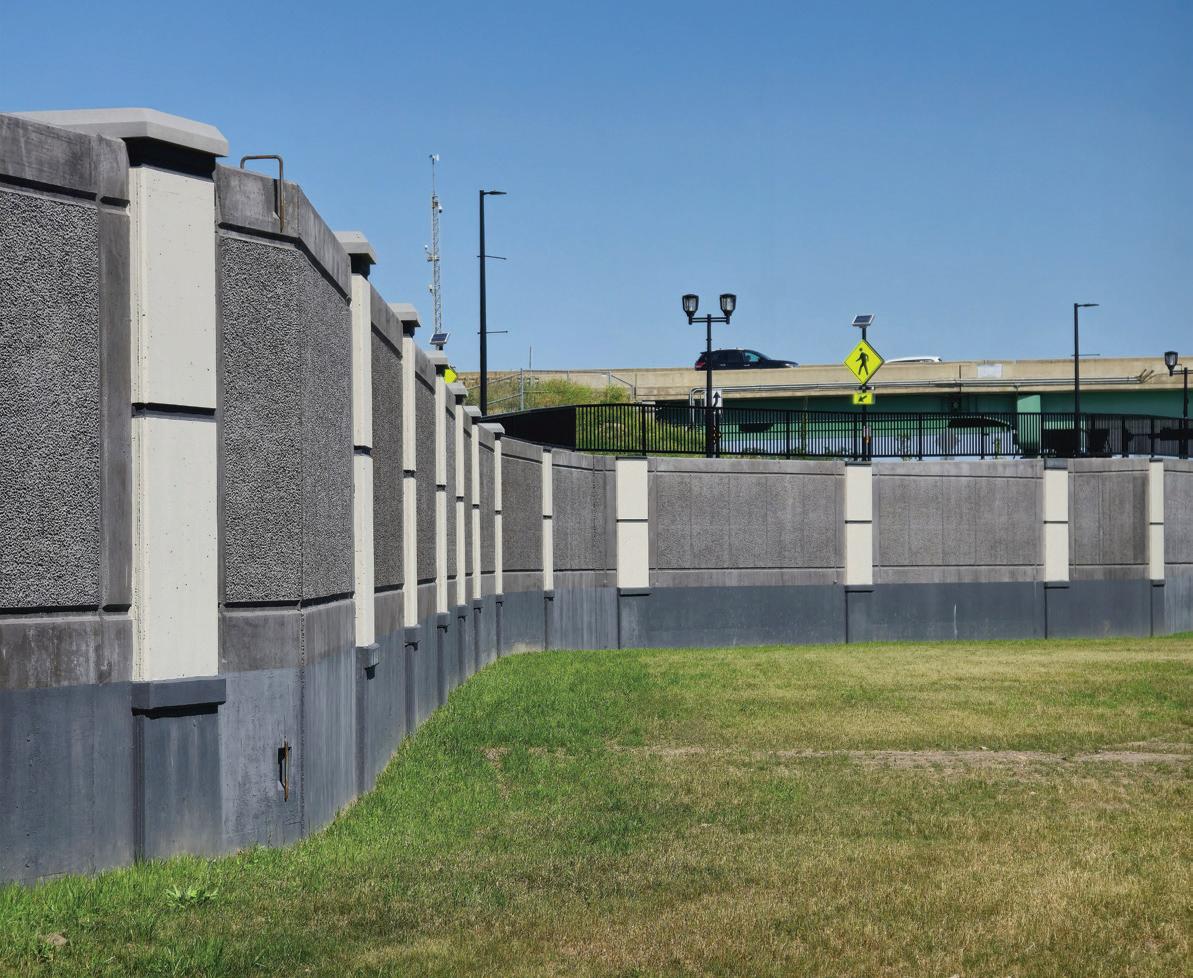

The City starts responding to high waters as early as the 8-foot river height — with increased monitoring and closures of low-lying parks and roads as levels rise. We increase preparedness for significant flooding at the 18-foot river level. This is the level at which the public may see increased road closures and temporaryresponse efforts, including placement of HESCO barriers. Should projected river levels reach this stage, the public can expect an increase in communications updates and additional operational staffing at the City’s Incident Command Center.
As more portions of the permanent FCS come online, temporary measures decline. Today, the need to use manhole wells has dropped by one-third compared to the 2016 Flood, with a two-thirds reduction expected by 2027. Each new levee, pump station, and floodgate boosts Cedar Rapids’ flood resilience.
Flooding in Cedar Rapids comes from two main sources: rising river waters and underground storm sewer backups.
Flood protection measures hold back rising river waters with temporary barriers — like earthen berms, HESCO barriers — and permanent measures — including levees, flood walls, and roadway gates.
The storm sewer system directs rainwater to the river. When the river is high, it can back up and cause flooding in areas protected by above-ground measures. Protection measures help close the storm sewer off from the river and send rainwater to the river. Temporary measures include sewer plugs, manhole inserts, and portable pumps. The permanent FCS includes
underground gates that close off the sewer system from river water, pump stations that lift rainwater over flood barriers, and detention basins that collect rainwater while it waits to be lifted over the flood wall.
While the permanent Flood Control System (FCS) is under construction, we use an Interim Flood Control Plan designed to address both above- and underground challenges with temporary solutions. Once completed, the permanent Flood Control System will provide strong, long-term protection against the same challenges.
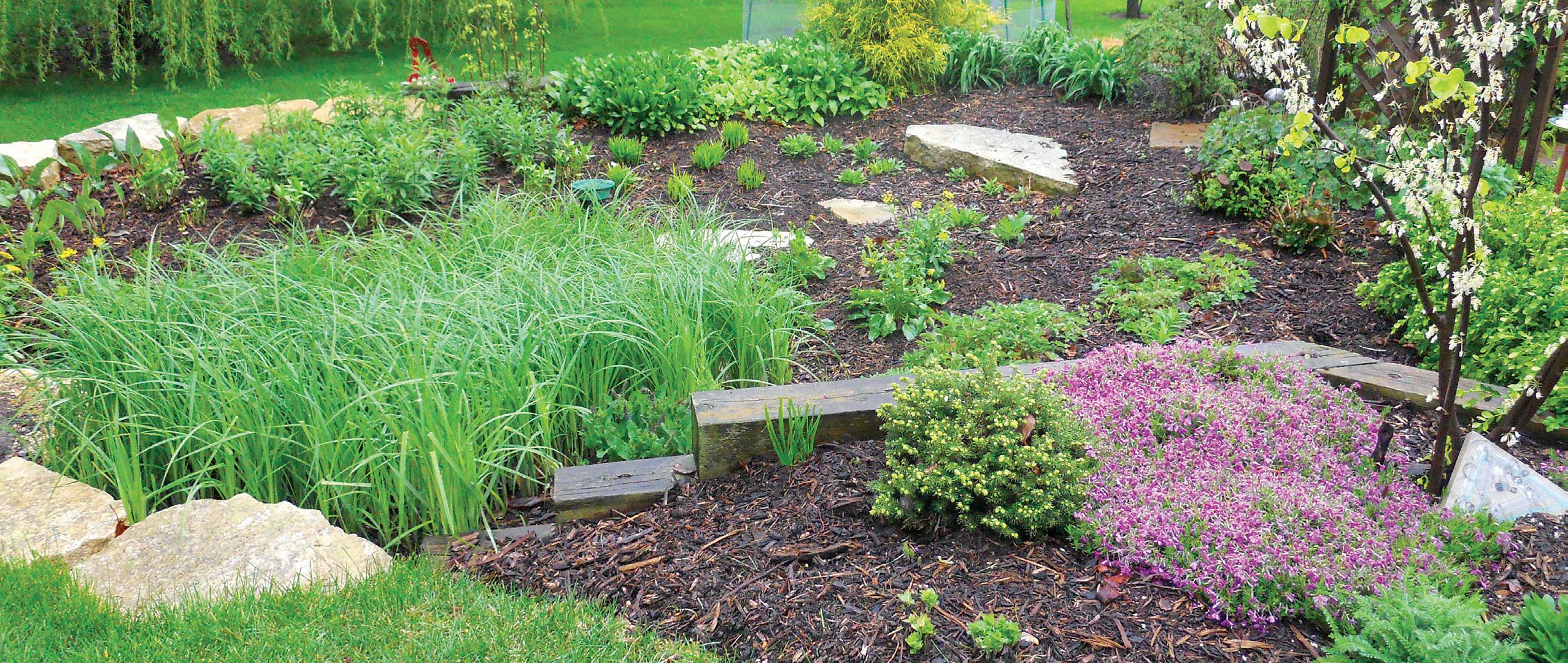
While the City works on larger-scale projects, like our Flood Control System, you can have an impact in your own yard! Simple updates like planting native plants, adding compost, or using rain barrels help rain soak into the ground rather than overwhelm storm drains or back up into homes. These measures can also filter out pollution before it reaches our waterways.
Thirsty yards (with large lawns, non-native plants, poor soil, or inefficient watering systems) demand constant upkeep and waste more water than necessary. Replacing traditional lawns with native plants, enriching your soil with compost, and using mulch to retain moisture are different ways you can create a lower-maintenance landscape that thrives naturally in our climate. You can apply these practices to a small area or an entire yard!
Stormwater Best-Management Practices (BMPs), like the ones below, help soak up rain, reduce runoff, and protect local waterways from pollution. Here are some easy options:
RAIN
Shallow, landscaped areas with native plants that collect and absorb water from roofs and driveways, reduce flooding, and support pollinators.
Gently sloped, planted ditches that slow and filter stormwater — great for areas where water pools.
Containers that capture rain from downspouts to water your yard later. They also save drinking water and reduce strain on storm drains.
Bricks or stones with gaps that let water soak into the soil, reducing runoff and improving winter drainage.
When rain or snow hits hard surfaces like streets, roofs, and driveways, it cannot soak into the ground. Instead, it runs off into storm drains and flows directly to the Cedar River — untreated — potentially carrying pollutants like oil, fertilizer, and pet waste into local waterways.
` Use fewer lawn chemicals
` Collect rainwater with a barrel
` Plant more native vegetation
` Never dump paint, grease, or soapy water down a storm drain
` Always pick up pet waste
Get rewarded for installing BMPs! The City’s Stormwater Cost-Share Program reimburses residents up to 50% (up to $2,000) for stormwater projects approved before installation — like rain gardens, bioswales, and rain barrels. Reimbursement is made after the approved project is completed. Visit CityofCR.com/Stormwater to learn more or call us at 319-286-5604
What happens in our yards, and miles upstream, affects the water we all depend on. Cedar Rapids relies on deep alluvial wells near the Cedar River for its drinking water. These wells draw water from the river through natural layers of sand and gravel, which act as a first line of filtration — trapping many contaminants. Microbes in this natural filter further help reduce pollutants before water reaches our treatment plants.
The City Water Division continuously tracks water quality, analyzing more than 530,000 data points annually at two treatment plants and more than 6,000 points across the distribution system. This real-time monitoring, in part, determines which wells to use based on river and groundwater conditions, ensuring consistent water management and reduced contaminants. Annual results are published in our Water Quality Report and shared with residents in Our CR magazine. Learn more at CityofCR.com/WaterQuality
Water quality depends on what happens upstream — from farmlands to neighborhoods. Nitrates from fertilizers often wash into rivers during spring rains. Because removing nitrates at treatment plants is costly and complex, Cedar Rapids focuses on keeping the entire watershed healthy.
Working with farmers, conservation groups, and regional partners, the City supports practices that reduce runoff before it reaches rivers, including:
` Cover crops that hold soil and nutrients in place
` Bioreactors using natural microbes to clean water
` Saturated buffers and wetlands that filter stormwater
In Cedar Rapids, restoring native prairies and urban forests improves soil health and absorbs runoff, preventing pollution. Across Linn County, the 1,000-Acre Pollinator Initiative, and other efforts, add native prairie that soak up and filter water, and restored wetlands near Morgan Creek filter stormwater before it reaches the Cedar River.
By partnering to protect our watershed, Cedar Rapids is advancing efforts to ensure clean water and a healthier environment for the future. Learn more at CityofCR.com/Nitrates.
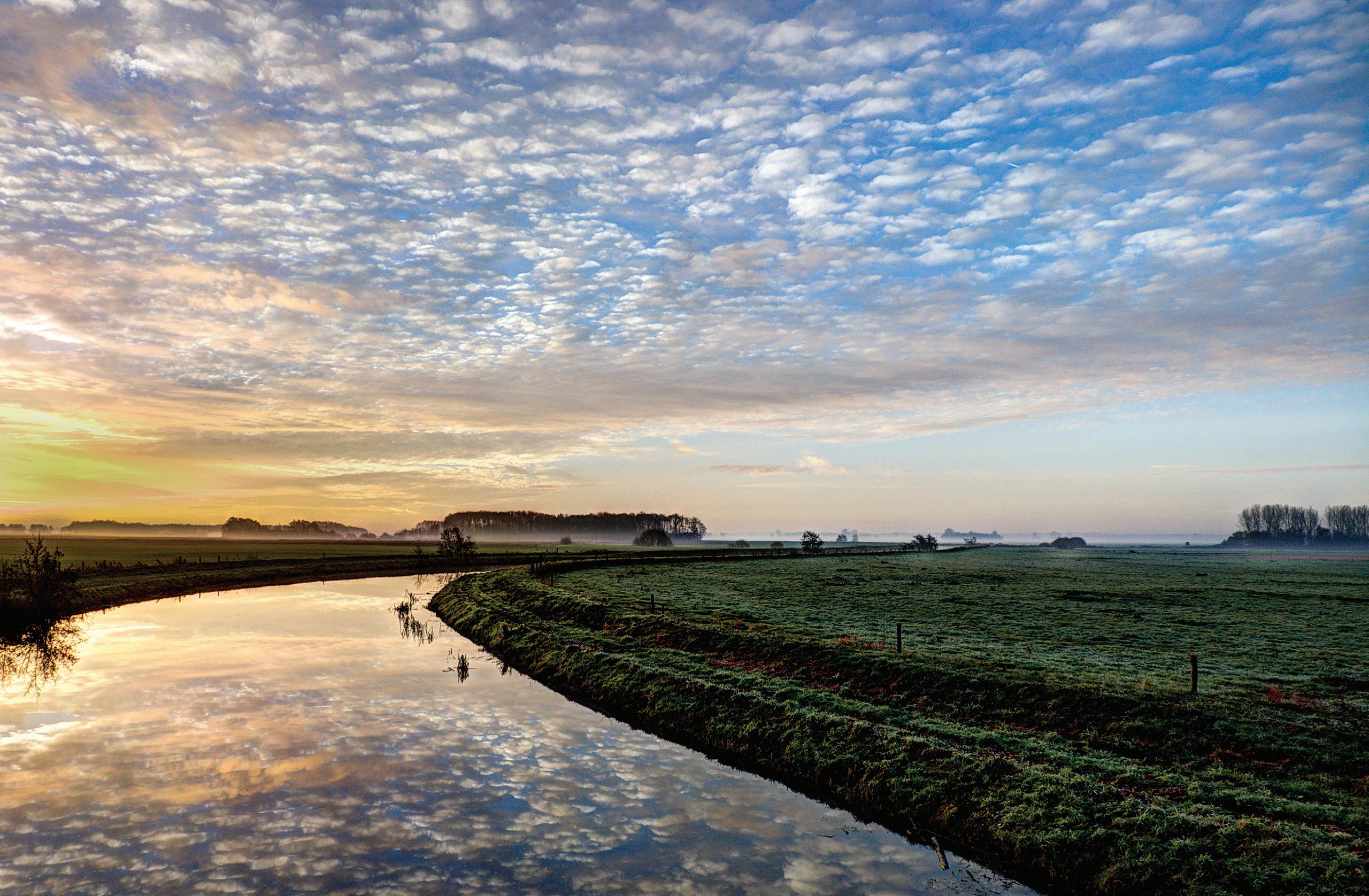
Cedar Rapids is well prepared to support industrial growth, like two major data center projects under construction in the SW Quadrant, without stressing our water supply. We draw from a robust, well-studied aquifer system and plan future capacity through a Capital Improvements Plan. Ongoing upgrades to our water and wastewater plants ensure plenty of water for both industrial users and households.
Your utility bill, mailed every two months, covers drinking water, sanitary and storm sewer, wastewater treatment, and garbage/recycling/compost collection.
` Residents use nearly 7,500 gallons of water per month on average.
` Water rates may change annually, set by City Council to maintain the system and address inflation and construction costs.
` Gas and electric are provided by separate entities , not the City.
` The Cedar Rapids/Linn County Solid Waste Agency is a separate entity from the City which manages local landfills.
Days in Bill Period: Time between water meter readings, usually about 61 days.
Daily Service Charge: Covers fixed costs like maintenance, billing, customer service, meter reading, and sewer repairs.
Units (Water): Water use is measured in CCFs (100 cubic feet); 1 CCF = 748 gallons.
Sewer (Sanitary): Charged based on water use; accounts without water service pay a flat rate. Two CCFs are included in the daily service charge.
Storm Sewer: Supports maintenance of the City’s stormwater system, including drains, ditches, streams, retention areas, and streets. Helps manage runoff during storms and protect waterways.
Solid Waste & Recycling: Includes weekly collection of one garbage container, one yard waste/compost container, loose-leaf vacuum service, and unlimited recycling. Extra garbage must be bagged (35 gallons or less, 40-pound limit) and tagged.
319-286-5900
WASTE/RECYCLING: 319-286-5897
Address: www.cedar-rapids.org/water
Pay online, by phone, via Mobile CR, in person at business pay stations or Walmart money services, by mail, or by drop box at select City buildings. eChecks through your bank are accepted too.
Reduced rates are available for residents who are either disabled or seniors (62+) and meet income requirements. Call Customer Service for details. To promote good water stewardship, the Water Division encourages residents to consider simple, everyday actions to reduce water consumption, such as:
` Check toilets for leaks using leakdetection tablets or food coloring.
` Fix leaky faucets or showerheads by replacing worn washers.
` Shorten showers and turn off taps when not in use.
` Avoid watering lawns — they are environmentally resilient.
` Run only full dishwasher loads to save water.
` Commercial properties with large, hardsurface areas may qualify for reduced fees by applying for ERU adjustments or using approved stormwater practices.
If you have more questions about our water quality or your water bill, contact utilities customer service:
A Guide to Your CURBY, YARDY, and GARBY Carts
Every week you drag your carts out to the curb and back, but have you ever wondered, “Can this be recycled?” or “What do I do with these glass bottles?”
In Cedar Rapids, we use three special carts to help take care of our trash and support sustainability — CURBY, YARDY, and GARBY. When you use them responsibly, you are supporting your community, the environment, and the collection workers who make it all happen. Let’s demystify what goes where and how you can properly dispose household waste.
For more information and sticker-pickup locations, visit CityofCR.com/SolidWaste.
We consider collection carts contaminated when they hold the wrong materials — like when trash, plastic bags, or recyclable materials soiled with food or liquids end up in recycling carts. To ensure recyclables and compostables can be reused, carts must be clean and free of contaminants. Taking care of waste the right way today leads to a safer, cleaner, and more sustainable tomorrow.
Place clean paper, cardboard, magazines, food boxes, tin cans, and detergent bottles in your blue CURBY cart. Glass can be placed in a separate five-gallon bucket with a handle. These items go to Republic Services, where machines sort them. Garden hoses, gift wrap, plastic bags, food-covered containers, and batteries CANNOT be placed in your CURBY. These harm the collection trucks and sorting equipment, contaminating your recycling. Due to market factors, only plastics with the numbers 1 and 2 in the recycling shield are currently accepted. Learn more at RecyclingSimplified.com
Your big green YARDY cart is for yard waste and food scraps — like fruit peels, veggies, and bread — and other organic materials such as hair and dryer lint. This waste is turned into compost — rich soil that community members reuse in landscapes across Linn County. Common things like paper towels, meat, plastic, or pet waste CANNOT be placed in your YARDY. Linn County residents can collect compost and wood chips at no charge from the landfill at 2250 A Street SW in Cedar Rapids. Learn more at CityofCR.com/Compost
Your gray GARBY cart is for anything left over after you discard materials in your CURBY and YARDY. This cart is small to remind you to divert recyclable and compostable materials away from the landfill. Bag your trash and leave space between carts so trucks can safely grab each one. Remember to “Leave Room for Lucy” — our threefoot long basset hound mascot — the ideal length between carts to keep things moving quickly and improve safety for our workers. You can buy extra garbage stickers for bags that do not fit in your GARBY. If you often have extra garbage, you can purchase a second GARBY cart.
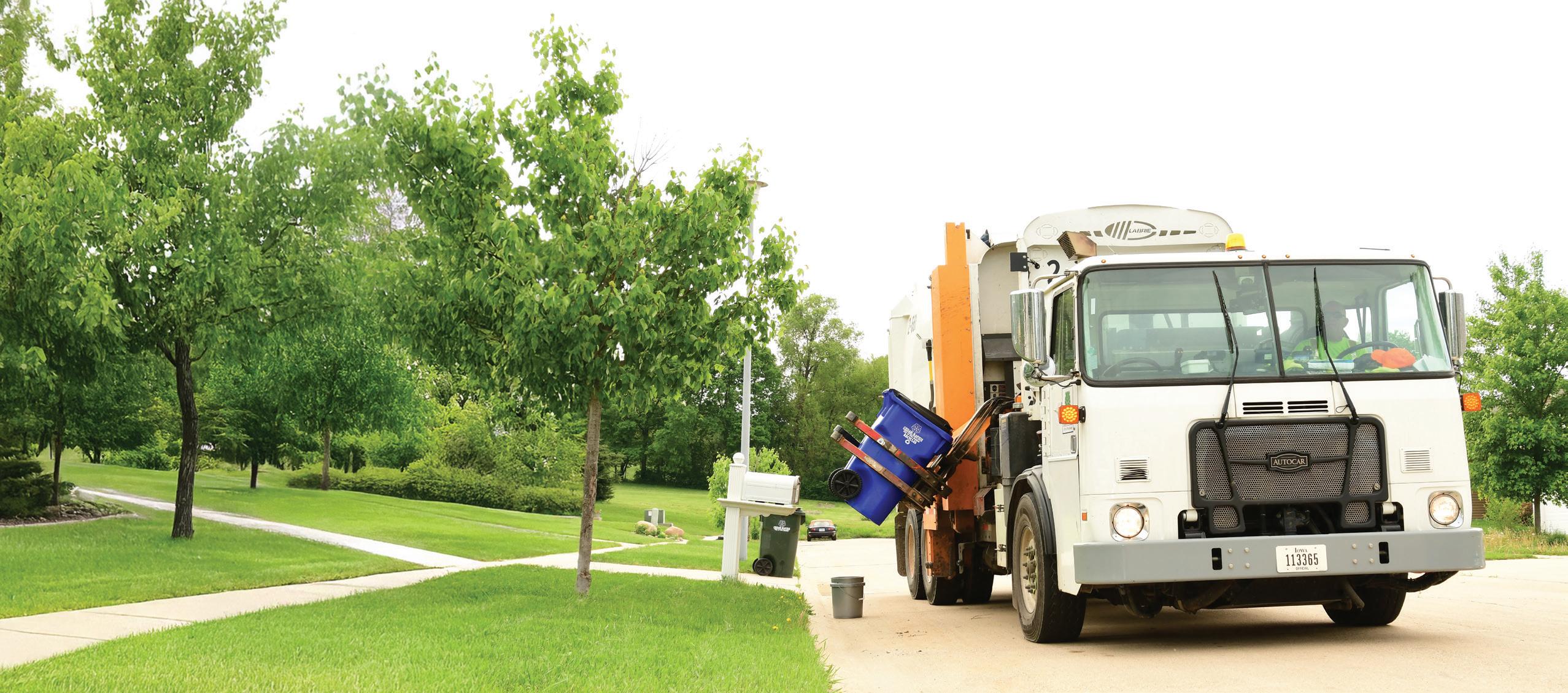
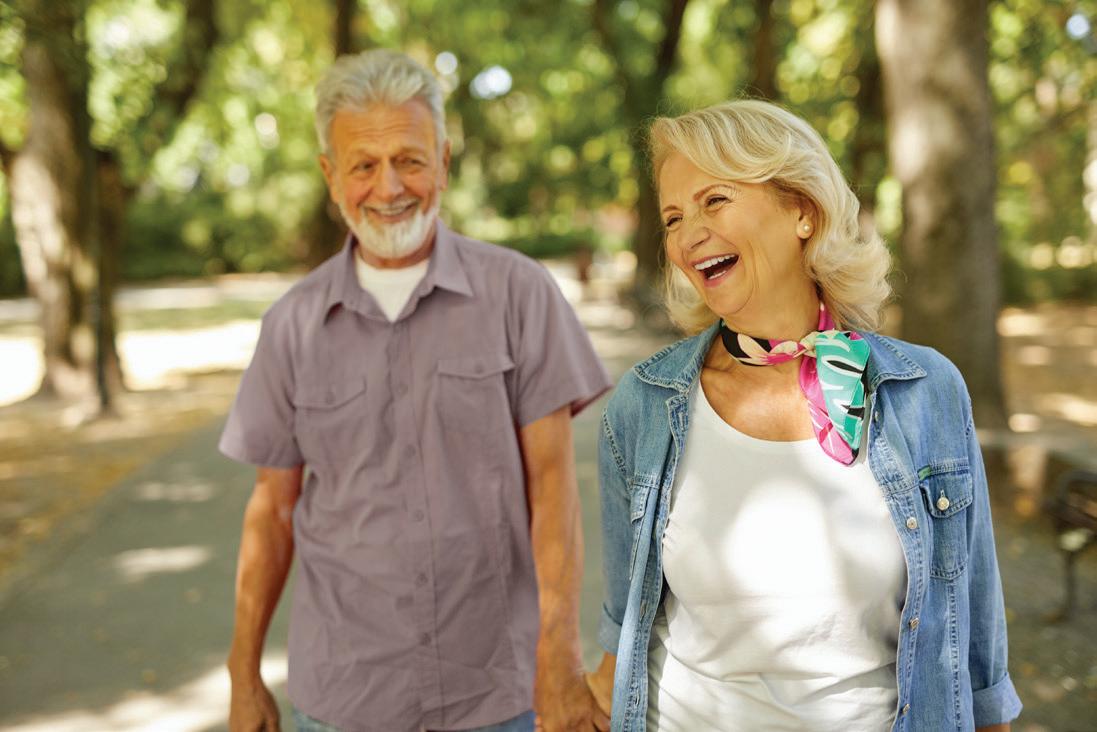




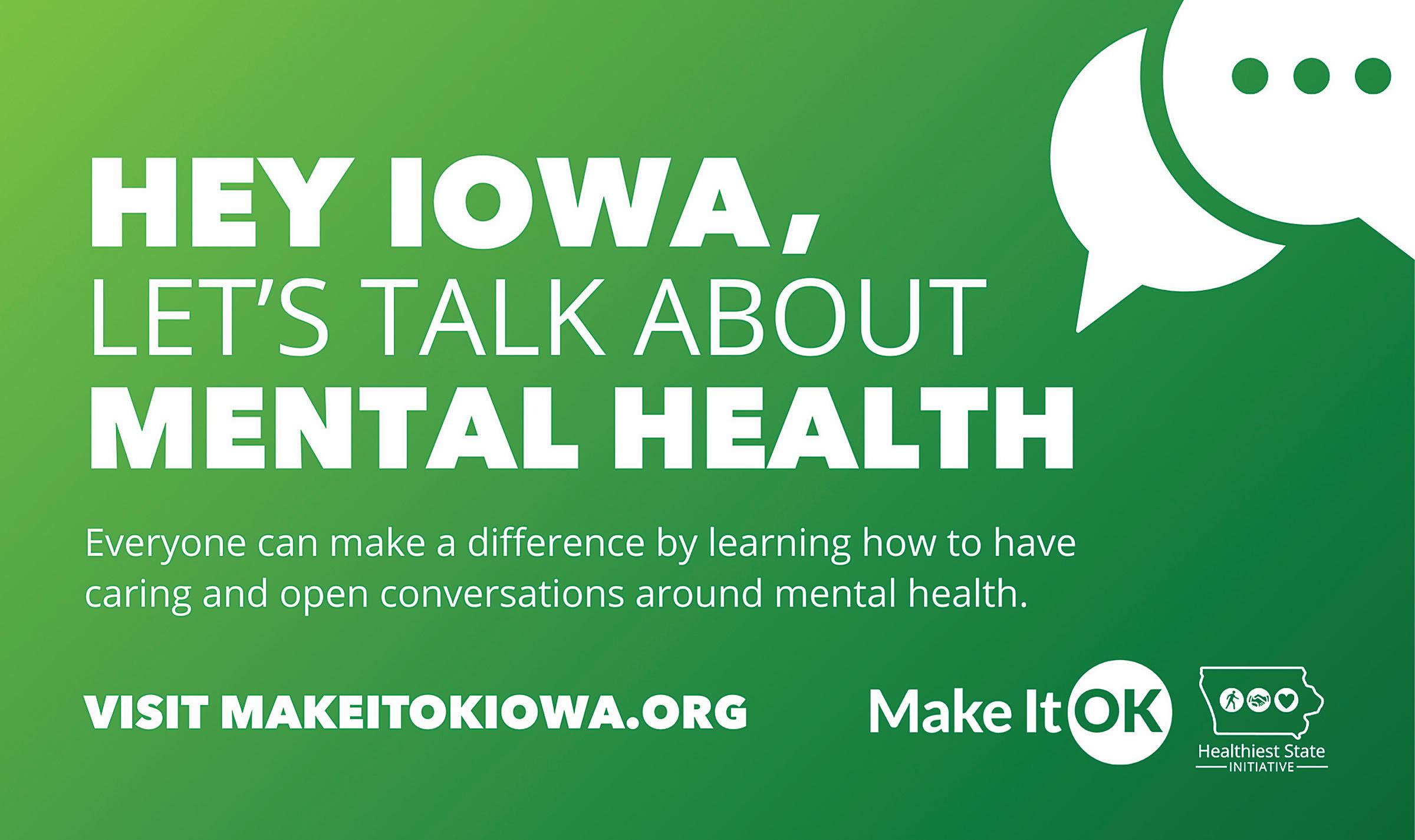
Cedar Rapids is proud to have six City Departments accredited by independent regulating bodies — a rare feat for any city. Accreditation confirms we meet or exceed industry standards in service, professionalism, financial responsibility, and transparency. It reflects our ongoing commitment to quality and continuous improvement.
Becoming accredited is a rigorous, multi-step process that can take months or even years to complete. The journey demonstrates a department’s commitment to high standards and continuous improvement:
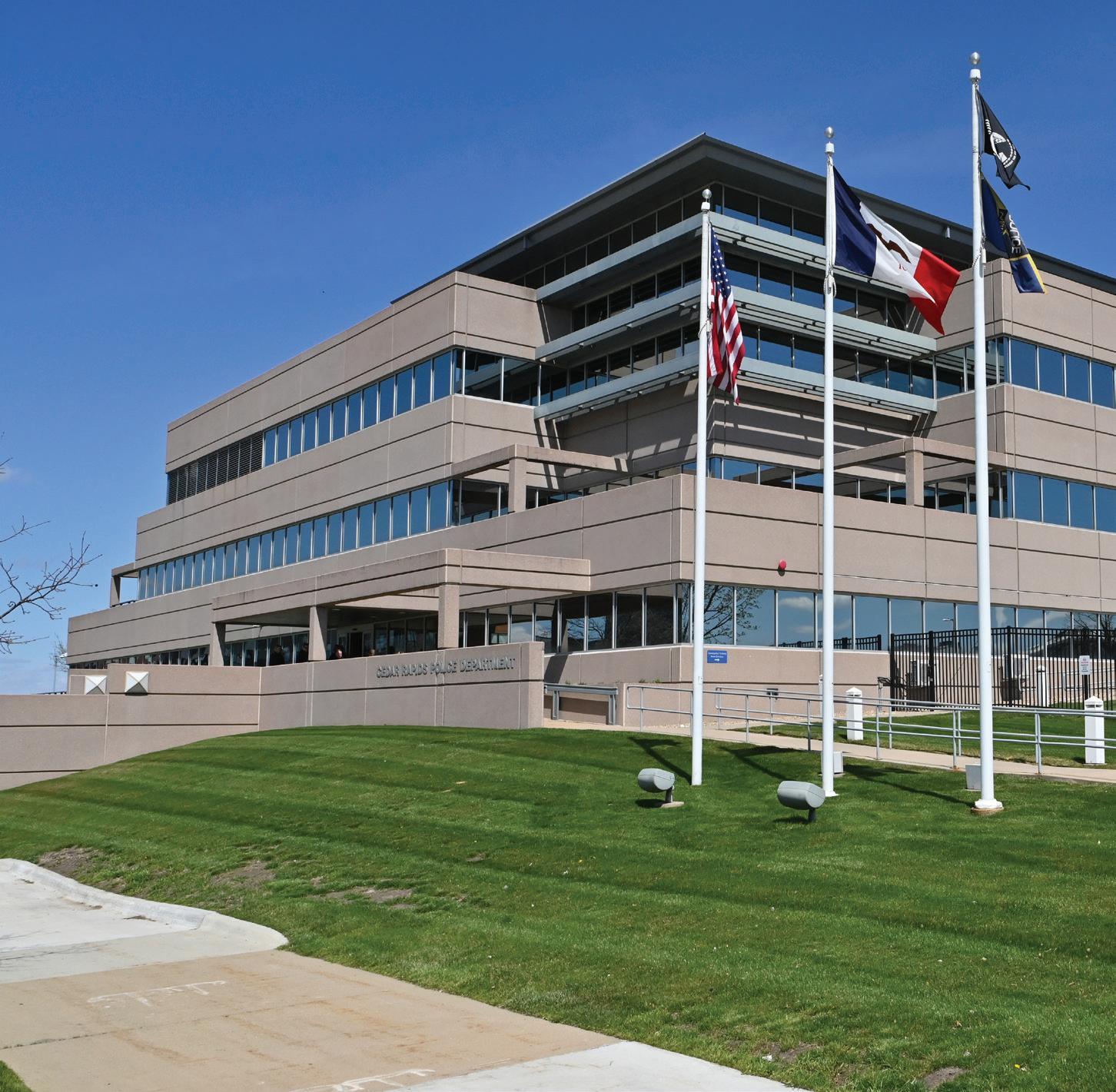
Departments begin by studying the accrediting body's requirements. While each sets its own standards and number of criteria — often in the hundreds — the process of accreditation is much the same across industries. Standards cover everything from leadership and safety protocols to community engagement and documentation practices.
A detailed internal review identifies strengths, areas for growth, and any current gaps in the accrediting standard. Teams ensure their departments meet the requirements ahead of formal evaluation, then submit their applications to the accrediting body.
Trained assessors conduct a site visit to validate the departments’ self-assessments. They interview staff, examine documents, and observe daily operations to ensure accuracy and consistency.
Based on the evaluation, the accrediting body may grant full accreditation, suggest corrective actions, or deny the application. Once accredited, departments must maintain their standards and often submit annual reports or undergo periodic re-accreditation to retain their status.
Accreditation affirms that City Departments operate at the highest levels of service and accountability. It fosters continual progress by connecting staff to national best practices, peer networks, and opportunities for collaboration and innovation. Internally, it promotes team development and strengthens operations through structured training, evaluation, and planning. For residents, it means confidence in reliable, well-managed services — validated by independent review — and can even offer financial advantages, such as reduced property insurance premiums from improved ISO fire-protection ratings.
` Building Services Department, Code Enforcement Division
` Fire Department
` Police Department
` Parks & Recreation
` Public Works
` Library
Learn more in the May 2024 edition of Our CR: CityofCR.com/OurCRMay2024-Accreditations
The accreditation process is thorough. For example, the Commission on Accreditation for Law Enforcement Agencies requires police departments meet 484 criteria for accreditation. Only five percent of U.S. Law Enforcement agencies are accredited. For Recreation Services Superintendent Tony Ireland, accreditation is an added element for his team. “It pushes us to think critically about how we serve our community,” said Ireland. “From long-range planning, to risk management, and more — it reinforces our mission to provide high-quality parks and recreation services that enrich lives and build a stronger, healthier community.”
Empowering Professional City Leadership and Community Voices
Cedar Rapids operates under the “CouncilManager” form of government, a model enabled by Iowa’s home rule charter system that lets each city design its own governing structure. The flexibility in this system allows every community to choose the balance of politics and professionalism that best serves its own needs. We know people often wonder: Who's in charge? Is my input actually heard? Here’s how our system works — and how it puts residents first.
The Council-Manager system blends the leadership of elected officials with the expertise of a professional, nonpartisan City Manager. The City Council sets policy, and the manager oversees a team who carries out their priorities. This ensures services like trash collection and street plowing stay consistent, efficient, and free from politics — making better use of your tax dollars.
The elected City Council hires a nonpartisan City Manager to lead a team of skilled department directors and report on performance. Elected officials focus on policy and professional staff with specialized expertise run City services, preserving institutional knowledge, guiding strategic goals, and ensuring operational decisions are based on technical expertise.
According to the International City/ County Management Association (ICMA), Council-Manager cities like Cedar Rapids benefit from formalized, ongoing resident engagement that provides direct input into governance — a structure that can
lead to greater community involvement. In Cedar Rapids, residents shape City decisions through surveys, advisory boards, commissions, and attending public meetings and informational forums — ensuring City services reflect community values. Community engagement is essential to both our planning efforts and achieving departmental accreditations. Most accrediting bodies require public input on policies and long-range plans. More importantly, public input opportunities ensure every voice shapes our City’s future.
In the end, the partnership between City leadership and the community brings the principle of government “of the people, by the people” to life — and makes it work.

The City Council meets annually to review and establish priorities for the City’s overall direction while ensuring alignment with the goals of the City’s Comprehensive Plan, EnvisionCR. The resulting priorities assist in the effective prioritization of resources. You can find quarterly updates on Council Priorities at CityofCR.com/CouncilPriorities
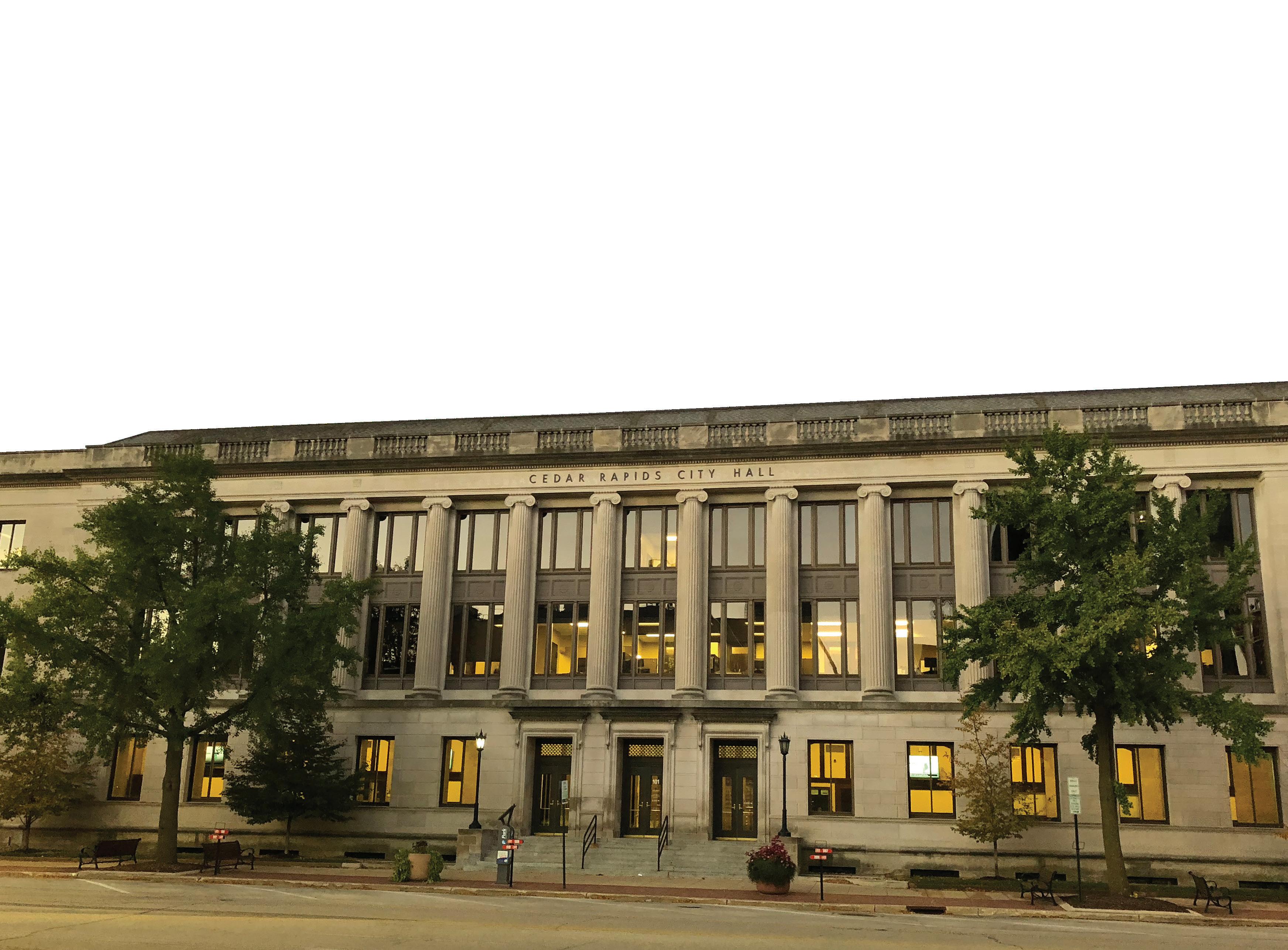
Access Your Government Online, Anytime with My CR
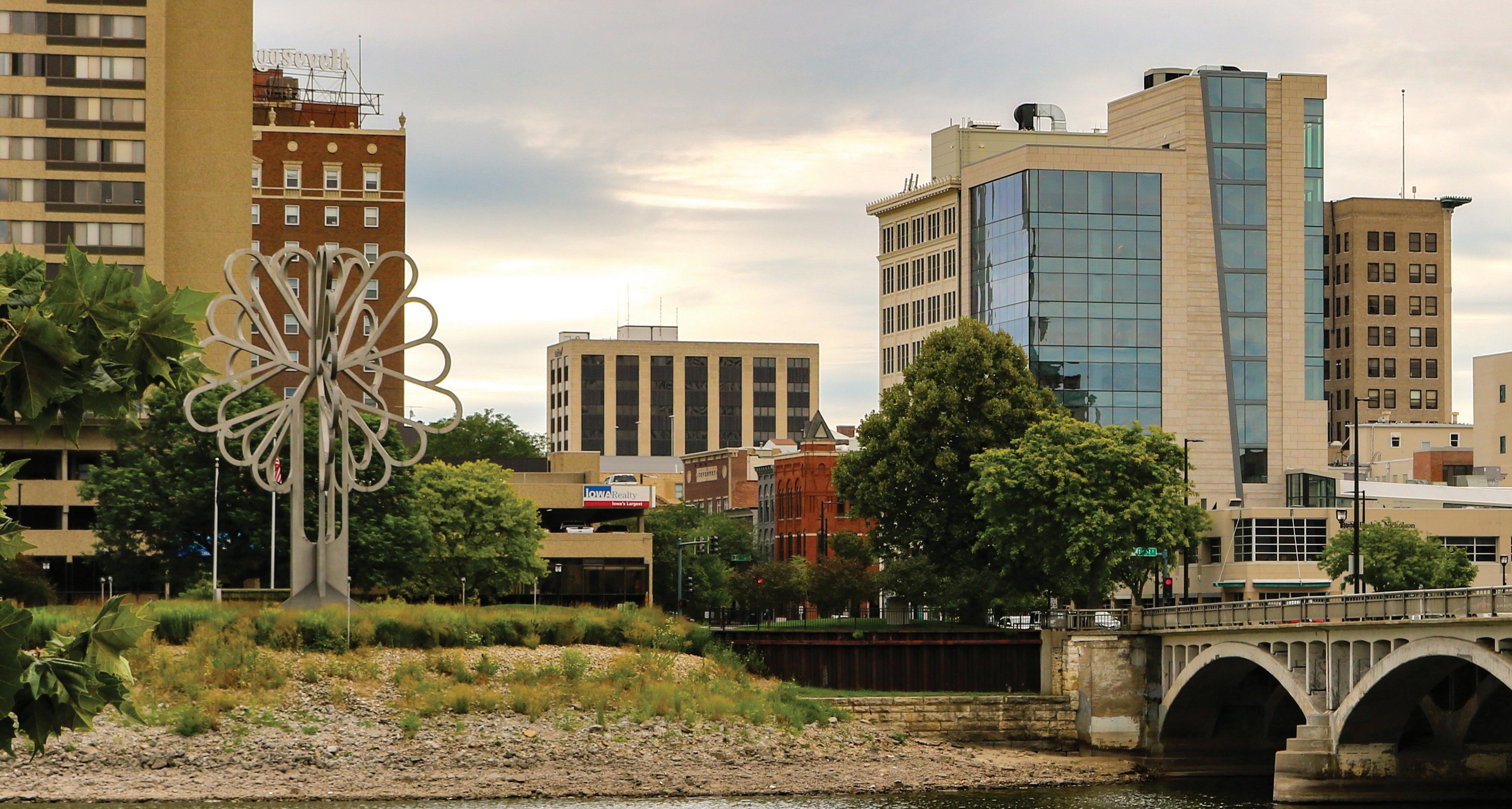
Keeping pace with the times is essential for civic services and the community members who rely on them. That is why the City of Cedar Rapids is expanding digital tools to make civic services more responsive and accessible — meeting you where you are. Our goal: keep you informed, let you report issues, and help you engage, whether at home or on the go.

When residents notice something in the community that needs attention, it has not always been clear which City Department is the best to contact. That is where My CR comes in — a convenient tool that lets residents and visitors report non - emergency issues anytime. Snap a photo, file a report, or send a message through Mobile CR or the City website. If you contact a department directly, we route the request through our centralized system and track it for you.
You do not need an account to submit a request, but adding your phone or email lets us follow up if we have any questions. Creating an account gives you the best experience, including real-time updates as we resolve issues. If you are having trouble submitting your request, try clearing your browser history, cookies, and cache, then resubmit.
The strongest neighborhoods are built on positive connections and mutual respect. While My CR can help you report and resolve issues quickly, building good-neighbor relationships creates a foundation for long-term understanding and cooperation. It takes all of us to make neighborhoods safe and welcoming.
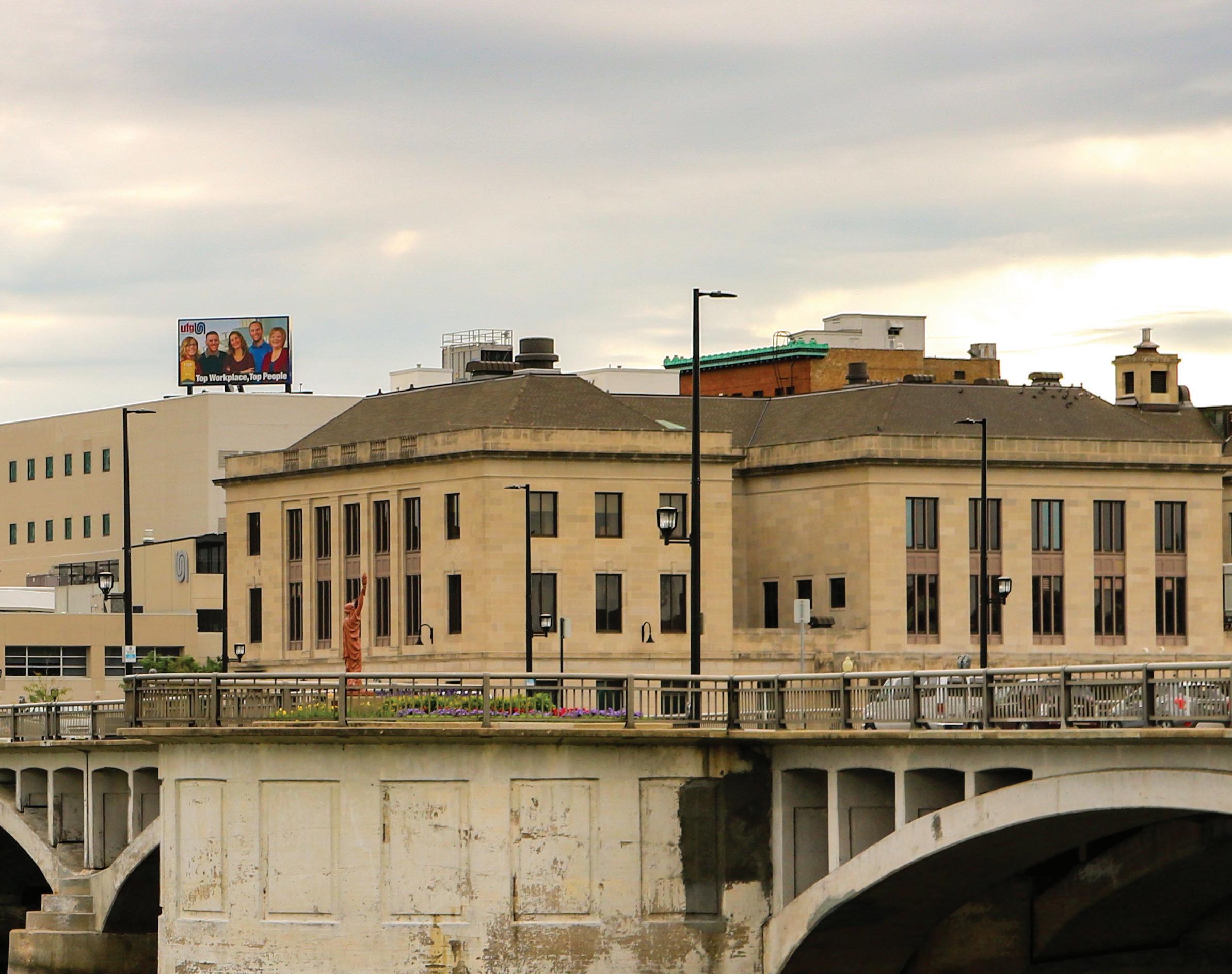
Case Study: Let’s follow a real-world example that shows the strength of My CR in action.
On a summer walk, a resident spots a yard with overgrown grass, weeds blocking the sidewalk, and impaired sightlines at the corner — a safety hazard and eyesore.
The resident opens Mobile CR , navigates to the My CR reporting tool, taps “ Tall Grass/Weeds ,” and submits a report .
The City of Cedar Rapids now offers a fully digital Customer Self-Service (CSS) Portal, making more permits and licenses easy to access across City Departments. We’re talking fast, transparent, and mobile friendly services with online bill pay.
You may be surprised by what projects require a permit before you begin. Here are a few common examples where residents often need permits:
` Building a deck, shed, or fence
` Kitchen or bathroom remodel
` Mobile food vending, including food trucks, carts, and stands
` Door-to-door soliciting
` Installing business signage
` Installing a new water heater or HVAC system
` Replacing windows or roofing
Pro tip: Not sure whether your project needs a permit? Check first at CityofCR.com/CSS .
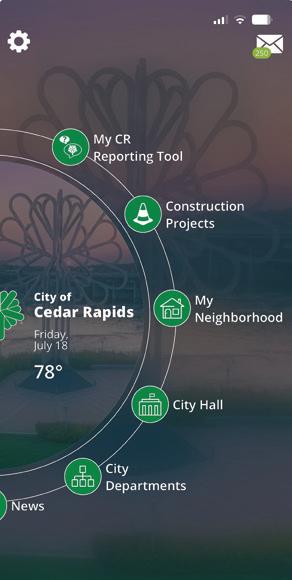



Not every concern follows the same steps after submission, as different issues have unique processes. In the case of a Tall Grass/Weeds report, here’s what unfolds:
` Notice: We mail the property owner a letter with time to correct the issue.
` Inspection: Within four business days, staff inspect if the situation was addressed. If so, we close the case. If not, we leave a door hanger providing 12 hours to comply.
` Action: If the situation is still unresolved , we send a contractor to mow and clear the overgrown grass or weeds.
` Billing: Cleanup costs are billed to the property owner.
to learn about Iowa’s noxious weed list, local property standards, and how to protect our environment from invasive plants.
We have several more tools that make navigating the City of Cedar Rapids even easier online:
` Construction Projects — View current road closures and completion timelines
` My Neighborhood — Find nearby parks, libraries, and garbage pickup info
` Pay My Bill — Utilities, citations, and more — all in one place
` FAQs & Contacts — Get answers fast and connect with departments directly
Explore how Cedar Rapids is consistently serving YOU at CityofCR.com/OnlineServices .
Most drivers are confident with the basics — traffic lights, stop signs, and lane markings. But when it comes to newer features, like flashing beacons, pedestrian hybrid signals, and roundabouts, it is completely normal to feel a bit uncertain at first.
These modern tools are designed with safety in mind, and they are making a big difference in communities nationwide by reducing crashes, protecting pedestrians, and helping traffic flow more smoothly. Curious how they work or how traffic engineers choose the right solutions to make our streets safer and more efficient? Take a closer look.
Pedestrian Hybrid Beacons (PHBs) are different from traditional traffic signals because they remain dark until activated by a pedestrian. This helps to increase motorists’ attention when someone is trying to cross the street because the signal only turns on when a pedestrian pushes the button. This makes the PHB an attention-grabbing safety device that sends a clear message for motorists to stop.
The Federal Highway Administration found these signals reduce pedestrian crashes by up to 69 percent. The beacons can also eliminate driver delay and frustration, as they allow drivers to proceed through the crossing once it is clear of pedestrians, rather than having to wait for a green light. We have eight PHB devices in Cedar Rapids. One example is at 1st Avenue West near 1st Street and Kingston Yard.
Even with marked crosswalks and warning signs, drivers may not always see pedestrian crossings in time. To improve visibility and safety, Cedar Rapids installs Rectangular Rapid Flashing Beacons (RRFBs). Like PHBs, they remain dark until their two flashing yellow lights are activated by a pedestrian, drawing drivers’ attention to the crossing. Studies show RRFBs significantly boost driver awareness, making them especially effective near schools and trails.
There are Rectangular Rapid Flashing Beacons (RRFBs) at 35 locations throughout the city. One example is 1st Avenue East at the 4th Street railroad, keeping Cedar Valley Nature Trail users safe.
Roundabouts are circular intersections without overhead traffic signals. They work by slowing traffic speeds and increasing safety and efficiency. Their curved design requires vehicles to slow down before entering. Because vehicles don’t stop in the roundabout, traffic moves more efficiently than in intersections with light signals. Roundabouts can be unfamiliar at first, but the rules are straightforward: slow down, stay in your lane, yield to traffic coming from the left as you approach, and yield to all pedestrians as you enter and exit . Once you are inside a roundabout, you have the right of way and approaching vehicles must yield to you. It is normal for multiple vehicles to be in a roundabout at the same time, each following the same yielding rules.
You might wonder how traffic engineers decide on new road designs. It is a thoughtful process grounded in data, safety, and community needs. Here’s how they do it:
Traffic engineers begin by collecting detailed data: measuring the number of vehicles and pedestrians on a road, their speeds, and locations where crashes or near-misses frequently occur. For example, if a crosswalk near a school experiences many close calls, that spot might be prioritized for a Rapid Flashing Beacon to better alert drivers. Beyond addressing current safety concerns, these engineers also analyze roads slated for full reconstruction to ensure they are designed to best meet our community’s evolving needs
Traffic engineers work closely with City planners, public safety officials, and neighborhood residents to ensure solutions fit the broader vision for our community’s transportation network.
Traffic engineers create solutions tailored to the unique needs of each neighborhood. This could involve installing roundabouts to slow traffic on busy streets or adding bike lanes to promote safer cycling. Our teams carefully balance safety improvements with the need to keep roads functioning smoothly for the volume of traffic they handle every day.
Traffic engineers consider which solutions may best reduce crashes and improve traffic flow.
Once a new device or design is implemented, traffic engineers monitor its performance and gather community feedback. When needed, they adjust the setup to improve safety and convenience.

Running a large city requires a lot of large vehicles. You can find some form of heavy equipment — fire engines, garbage trucks, transit buses, construction machinery, and more — in motion around the clock.
We want to keep you and your family safe when we are operating nearby. Big vehicles come with big blind spots. Chad Guenther, a safety specialist with the City, broke it down with an old saying: “Truckers’ mud flaps often remind us, ‘If you can’t see my mirrors, I can’t see you.’”
Our drivers and operators are well trained and we emphasize safety in all City vehicle operations. Preventing accidents is a shared responsibility — everyone plays a role in keeping safe.
APPROXIMATE BUS BLIND SPOTS
` Give big vehicles extra space — they brake slower than passenger vehicles and make wider turns.
` Slow down or move ahead to stay visible when driving in a blind spot.
` Be aware of your own vehicle's blind spots, especially when backing up. Consider using blind spot mirrors or cameras, especially if you have less visibility through your back windows.
` Do not rush. Please slow down when passing or going around large vehicles. Taking time to ensure you can safely pass big vehicles is well worth a few extra seconds.
` For pedestrians: When near large vehicles, try to make eye contact with the driver and do your best to stay visible.

All homes will have their loose leaves collected bi-weekly (one time every other week). Please keep and refer to this schedule to determine your collection period. If you have questions, please call the Solid Waste & Recycling Division at 319-286-5897 or visit CityofCR.com/Leaf.
REMINDER: YARDY carts are collected year-round. Leaves must be ready by 7 a.m. on the first collection day in your quadrant. Collection may occur on either day marked.








Get service interruption notices sent straight to your
RECYCLING & YARD
Labor Day (Sept. 1, 2025) NO COLLECTION
One-day delay in collection all week.
September 2025 – September 2026

Thanksgiving Day (Nov. 27, 2025) NO COLLECTION
One-day delay in collection for the remainder of the week.
Christmas Day (Dec. 25, 2025) NO COLLECTION
One-day delay in collection for the remainder of the week.
New Year’s Day (Jan. 1, 2026) NO COLLECTION
One-day delay in collection for the remainder of the week.
Memorial Day (May 25, 2026) NO COLLECTION
One-day delay in collection all week.
Labor Day (Sept. 7, 2026) NO COLLECTION
One-day delay in collection all week.
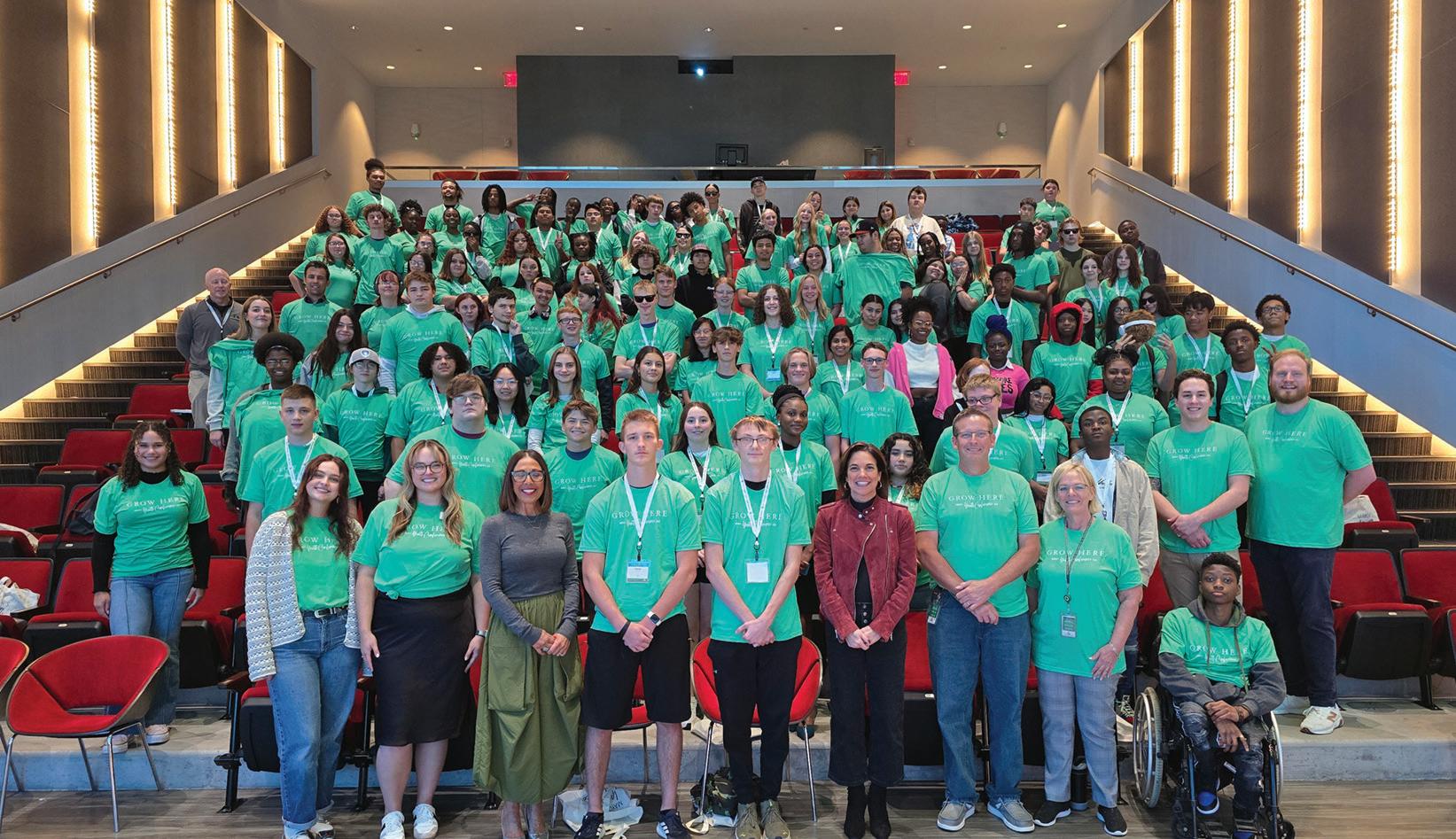
WEDNESDAY, OCT. 8 | DOWNTOWN CR PUBLIC LIBRARY
Do you know a current high school student? Encourage them to attend our thirdannual Mayor’s Youth Conference. They’ll network with peers, local businesses, and professionals, learn about their community and local government, and explore educational and career opportunities in Cedar Rapids! This year's event features new sessions, speakers, and activities — giving new and returning attendees a fresh experience. Register soon to secure a spot!
To learn more and register, visit CityofCR.com/MYC
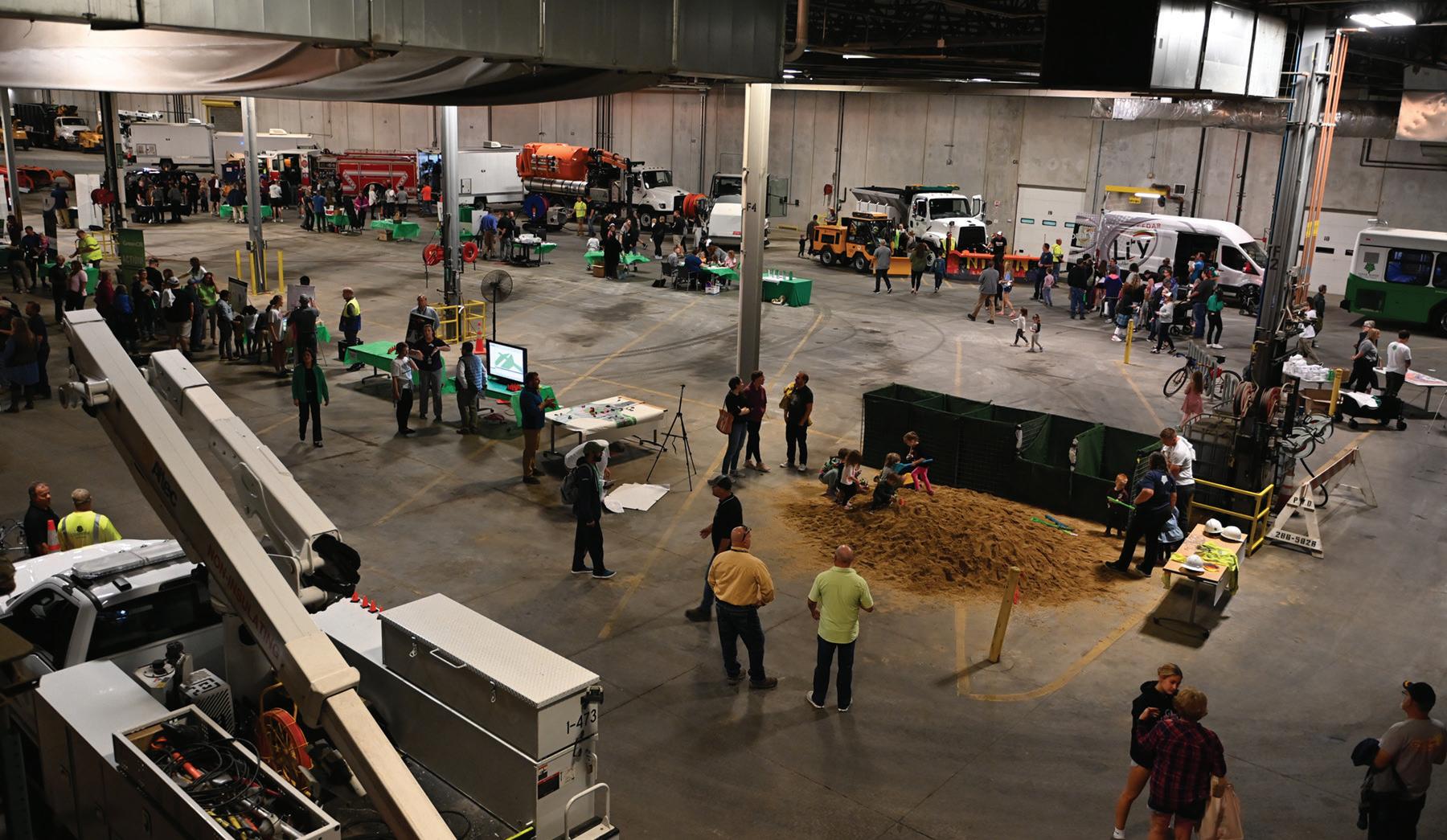
WEDNESDAY, OCT. 22 | 4–6 PM | CITY SERVICES CENTER
Join us for an open house event where you can see behind the scenes of our City Services Center building, learn about different vehicles and equipment used by departments, visit with City staff, and enjoy fun games and activities for the entire family. Children can climb in City vehicles for a closeup view of the equipment different departments use to keep the City running safe!
Check the City’s website for event information, updates, and schedule changes: CityofCR.com/Calendar.
In June, we hosted our annual Resident Appreciation Day at the Downtown Farmers’ Market in Greene Square. The “Box of Big Ideas” activity returned this year, giving kids a chance to flex their creativity and share responses to a variety of prompts. Here are just a few of the many great submissions! Find the full collection at CityofCR.com/Magazine
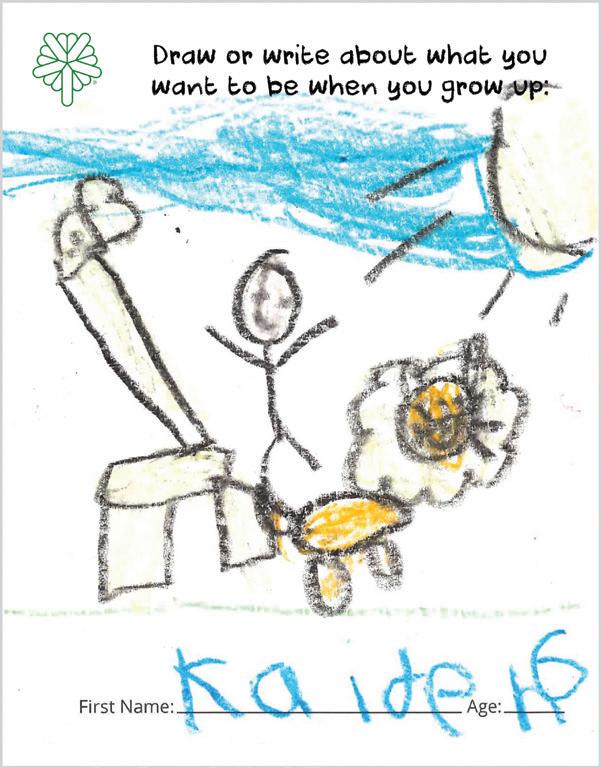
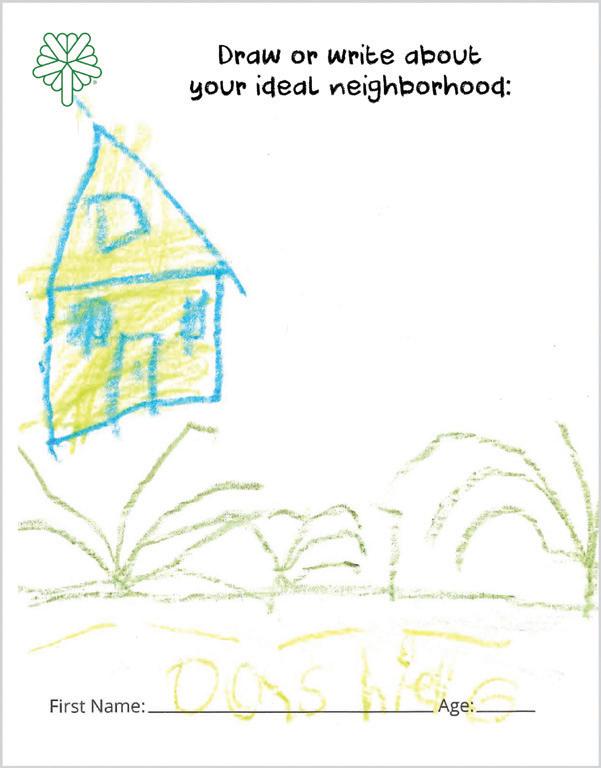
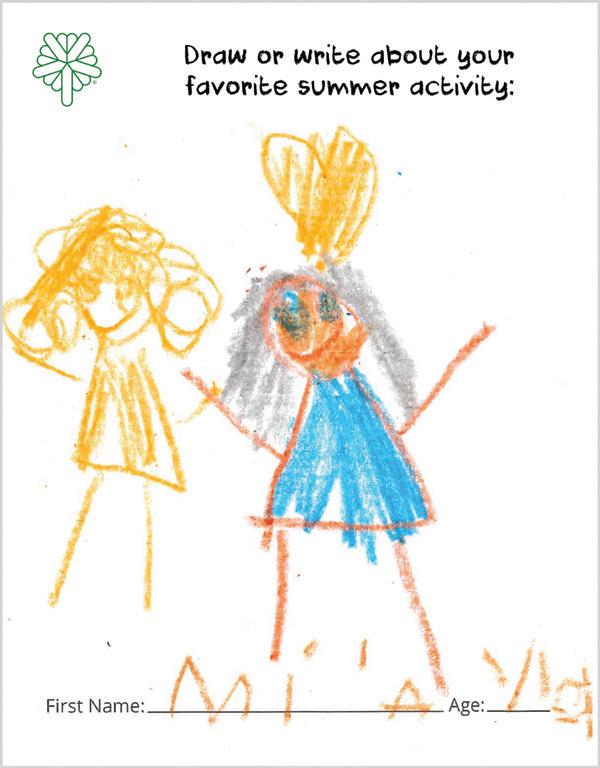
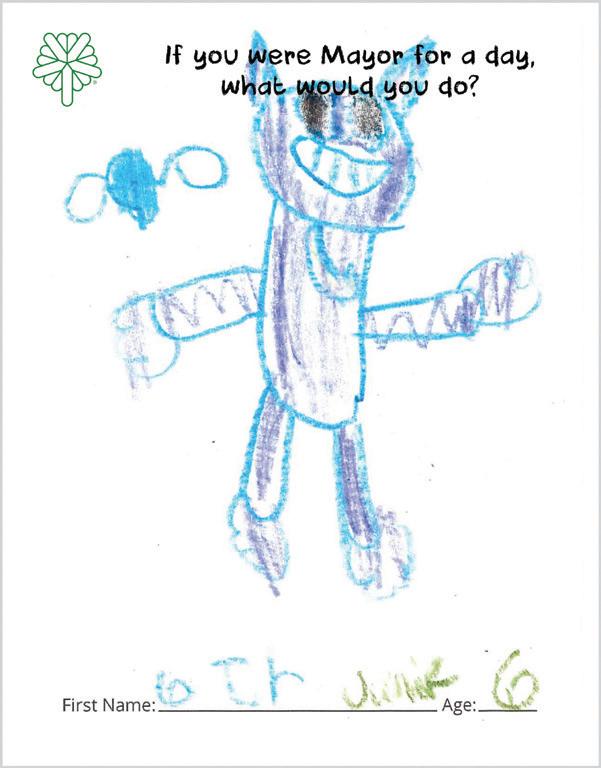
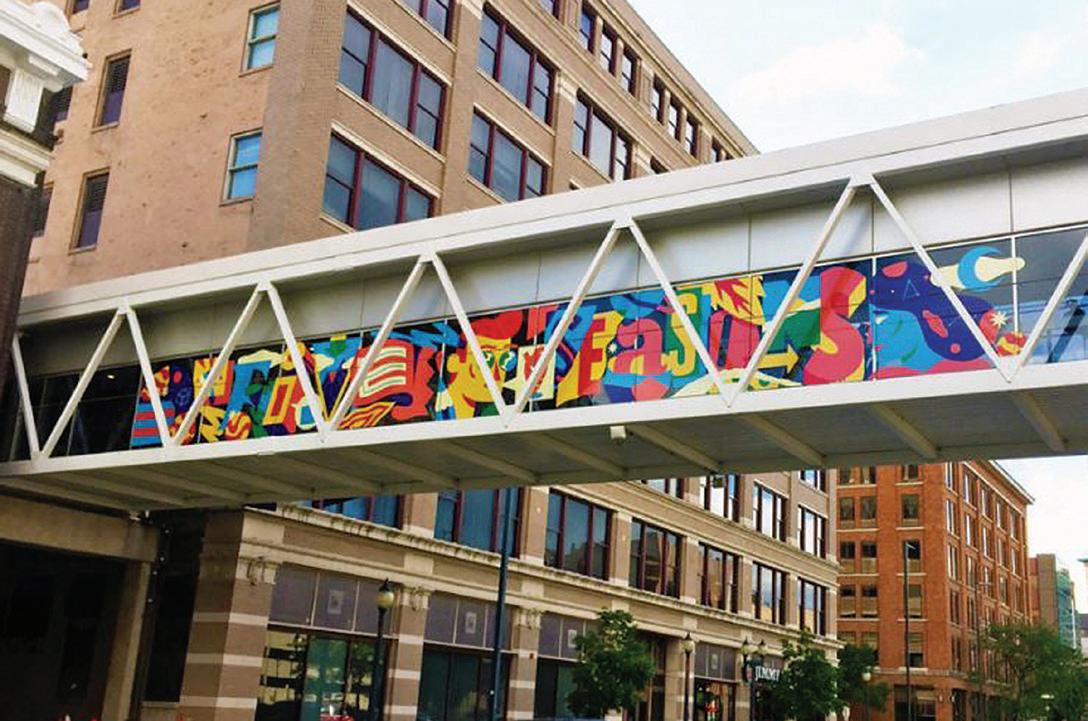
In 2022, the City launched its first online, selfguided public art tour, highlighting art in the downtown area. In the last year alone, more than 3,100 viewers accessed the tour, sparking community interest in expanding the program. In response, we developed a second tour for The District: Czech Village & New Bohemia — another area rich in public art. Promotion of public art is vital for creating a vibrant community, generating economic benefits, and fostering social cohesion.
` Learn about public art and access tours at CityofCR.com/Art
Cedar Rapids is committed to making sure that, while we improve our streets, we stand by the businesses impacted by construction. We launched a new program called Better Roads Ahead to keep businesses visible, accessible, and supported throughout each project with improved signage, promotional spotlights, and more!
` Find a list of construction-impacted businesses who could use your support at CityofCR.com/BetterRoads .
The City of Cedar Rapids continues to maximize value for residents, leveraging local dollars through strategic partnerships for Flood Control System funding. The latest win: a $25 million BUILD Grant from the U.S. Department of Transportation — the largest federal investment yet for the west side of the Cedar River Flood Control System. This grant accelerates infrastructure improvements already underway and funds the next phase of protection for homes, businesses, and neighborhoods in the Northwest and Time Check areas. There is still a need for funding to complete the entire permanent Food Control System.
` For updates, visit CityofCR.com/FloodControl.
We understand new technology brings questions — and we believe transparency builds trust. The Cedar Rapids Police Department uses public safety cameras, including Automated License Plate Readers (ALPRs), to help solve serious crimes, locate missing people, and respond quickly to threats. ALPRs only capture vehicle details — not personal information — and all data is deleted after 30 days. These tools have helped reunite families and identify vehicles in drive-by shootings. This system is one of the many ways we work to keep the community safe while keeping you informed.
` Review quarterly data, usage reports, and success stories on our public ALPR Portal: CityofCR.com/ALPR
With the high number of animals entering Cedar Rapids Animal Care & Control (CRACC) each month, our shelter is working hard to provide care, find loving homes, and improve operations. While we have important initiatives underway, like expanding staff and reviewing facility needs, we cannot do it alone. Spaying and neutering pets remains the most effective way to reduce overpopulation in any community, but we also urgently need additional community support through volunteering and pet adoptions. You can help save lives and strengthen our shelter’s ability to serve the animals and people of Cedar Rapids.
` Learn how you can make a difference at CityofCR.com/CRACC .
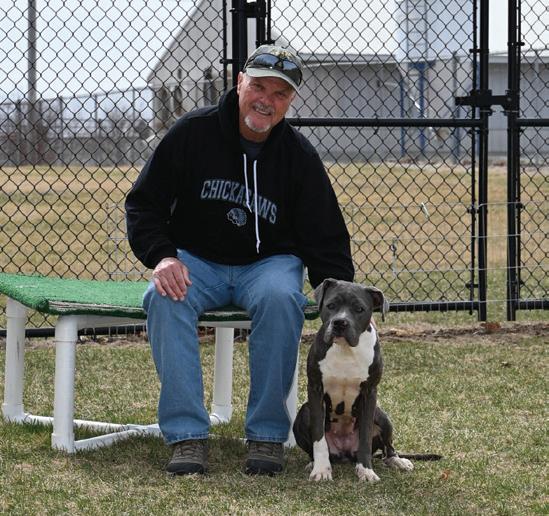
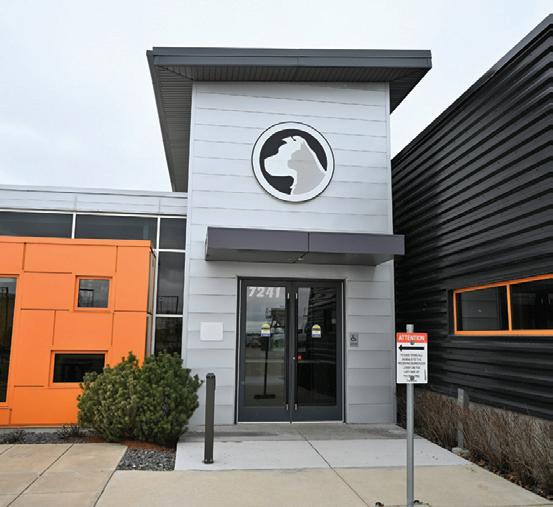
Our Snow Buddies program pairs residents in need of assistance (those without resources to move snow, like neighbors, friends, or a hired service) with “Snow Heroes” — volunteers who can help clear sidewalks of snow and ice accumulations in the winter. Heroes must be at least 18 years old and provide their own snow-removal equipment. They are not allowed to solicit or accept money or gifts for their volunteer activities.
` Sign up and learn more at CityofCR.com/SnowBuddies .
CITY SERVICE LOCATION
Animals
7241 Washington View Parkway SW 319-286-5993
Assessor City Services Center, 500 15th Avenue SW 319-286-5888
Bid Opportunities
City Hall, 101 1st Street SE 319-286-5021
Building and Housing Codes City Services Center, 500 15th Avenue SW 319-286-5831
Buses
Ground Transportation Center, 319-286-5573
EMAIL ADDRESS
AnimalControlMgmt@Cedar-Rapids.org
CRAssessor@Cedar-Rapids.org
Bid-Purchasing@Cedar-Rapids.org
Building@Cedar-Rapids.org
CRTransit@Cedar-Rapids.org 450 1st Street SE
Fire Safety Inspections 713 1st Avenue SE 319-286-5166
Garbage, Recycling and City Services Center, 500 15th Avenue SW 319-286-5897
Yard Waste Collection
Housing Assistance Programs City Hall, 101 1st Street SE 319-286-5872
Land Development City Hall, 101 1st Street SE 319-286-5822
CRFire@Cedar-Rapids.org
Solid-Waste-Recycling@Cedar-Rapids.org
HSG-Admin@Cedar-Rapids.org
DevelopmentServices@Cedar-Rapids.org
Park Rentals City Services Center, 500 15th Avenue SW 319-286-5566 Recreation@Cedar-Rapids.org
Potholes and Street City Services Center, 500 15th Avenue SW 319-286-5826 Street@Cedar-Rapids.org
Maintenance
Recreation Programs Northwest Recreation Center, 319-286-5566
Recreation@Cedar-Rapids.org 1340 11th Street NW
Sewer Backup or Problems City Services Center, 500 15th Avenue SW 319-286-5815
Traffic Signals, Signs and City Services Center, 500 15th Avenue SW 319-286-5176
Markings
Utility Billing City Hall, 101 1st Street SE 319-286-5900
Sewer@Cedar-Rapids.org
Traffic@Cedar-Rapids.org
WaterMail@Cedar-Rapids.org
For more information about the City of Cedar Rapids and its services, call 319-286-5080 or visit CityofCR.com.



MAYOR
To leave a message for a City Council member, call 319-286-5051. Find your district at LinnCountyElections.org.
Tiffany O’Donnell t.odonnell@cedar-rapids.org
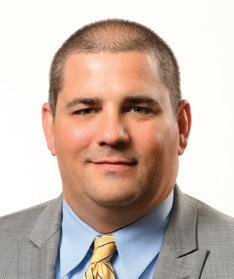
DISTRICT 1
Martin Hoeger m.hoeger@cedar-rapids.org
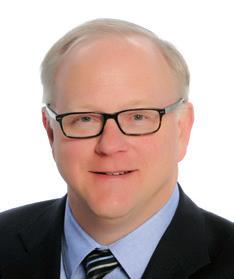
DISTRICT 2
Scott Overland s.overland@cedar-rapids.org
DISTRICT 3
Dale Todd d.todd@cedar-rapids.org
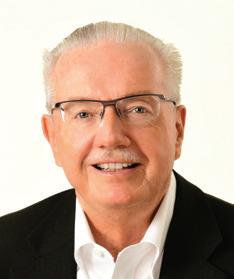
DISTRICT 4
Scott Olson scott.olson@cedar-rapids.org

DISTRICT 5
Ashley Vanorny a.vanorny@cedar-rapids.org
AT LARGE
David Maier d.maier@cedar-rapids.org

AT LARGE
Tyler Olson t.olson@cedar-rapids.org
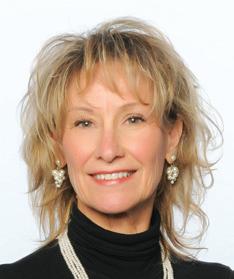
AT LARGE
Ann Poe ann.poe@cedar-rapids.org
